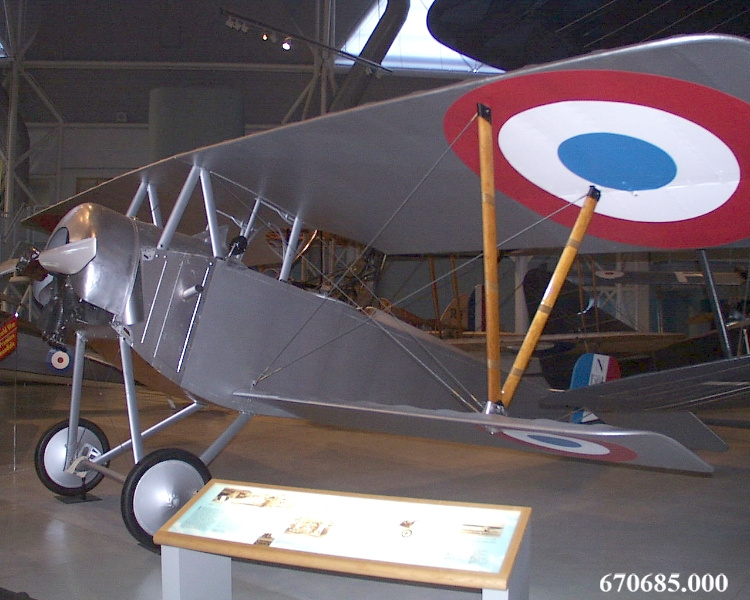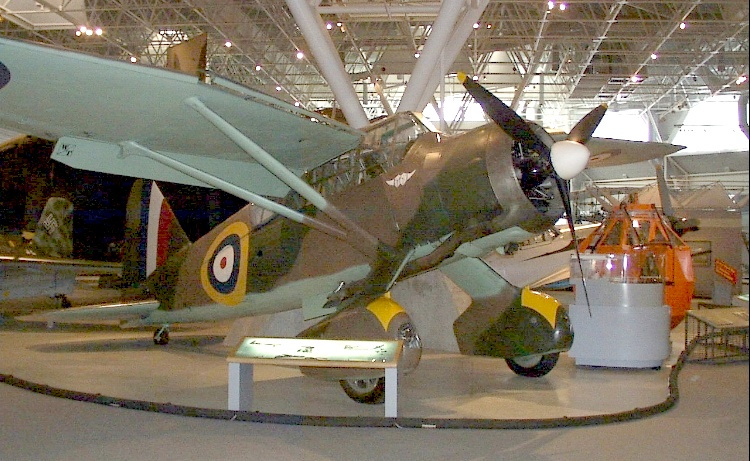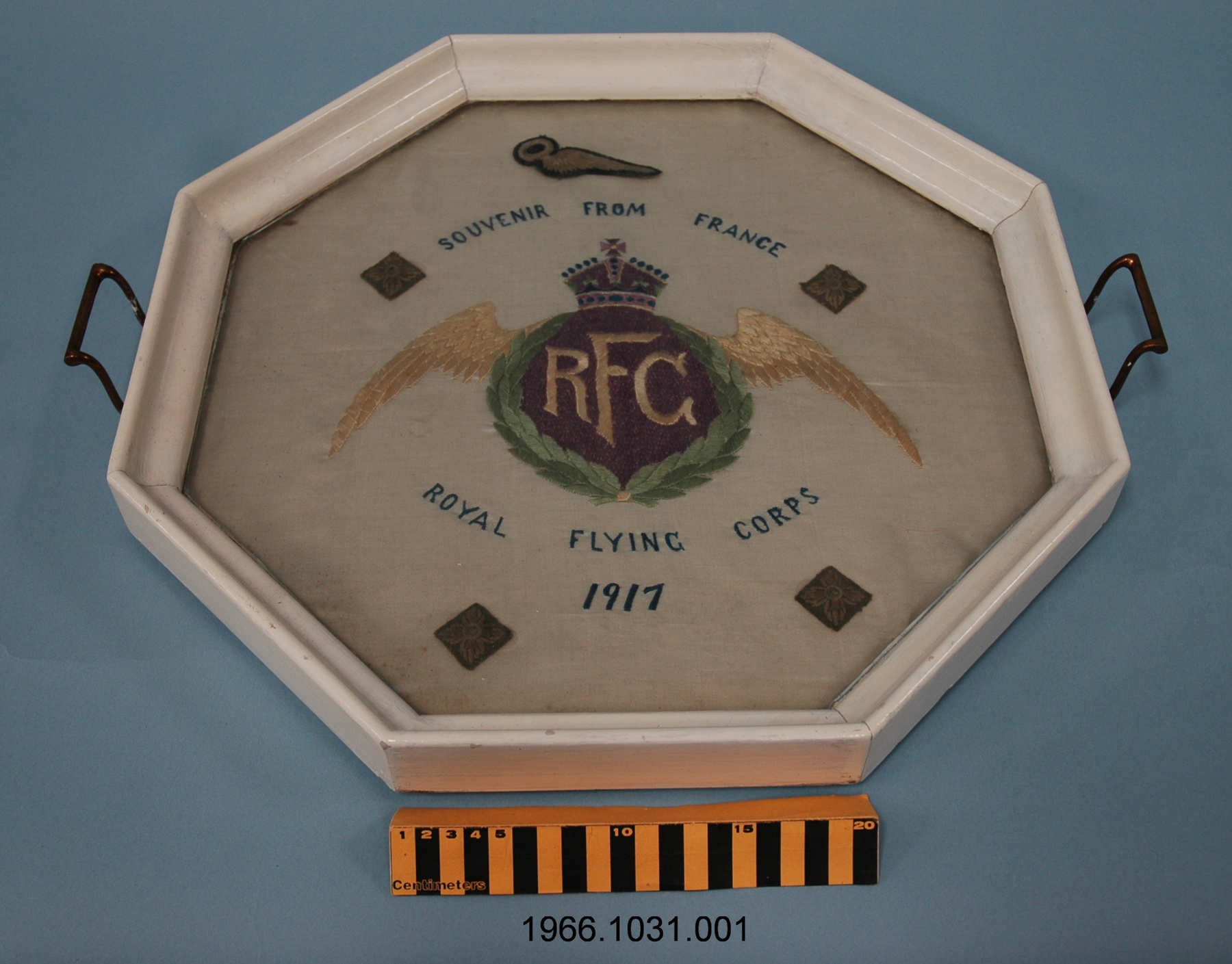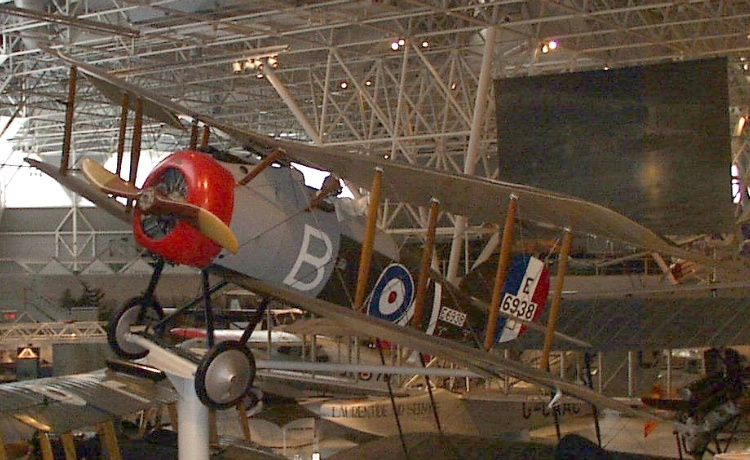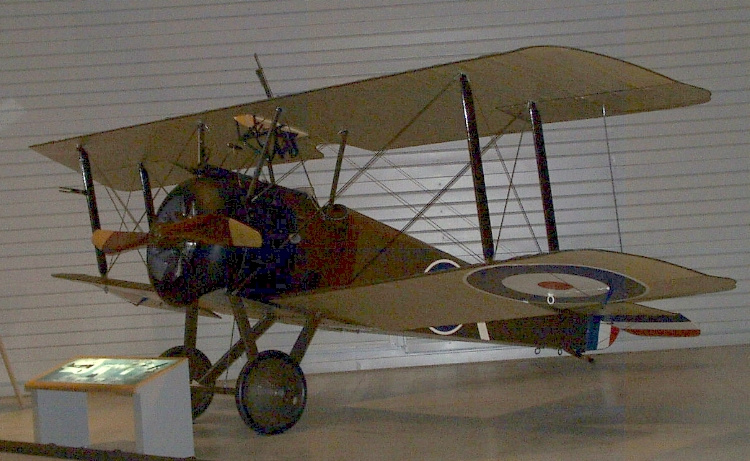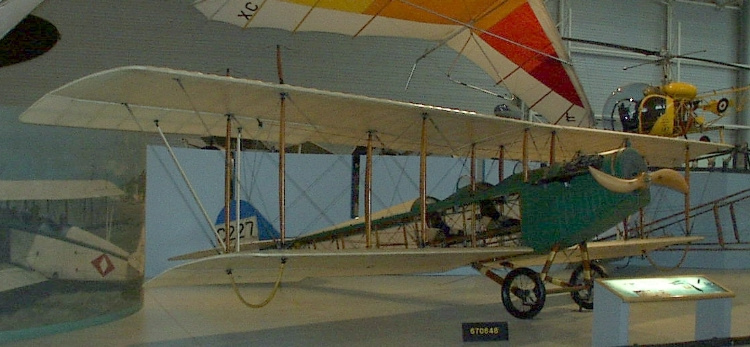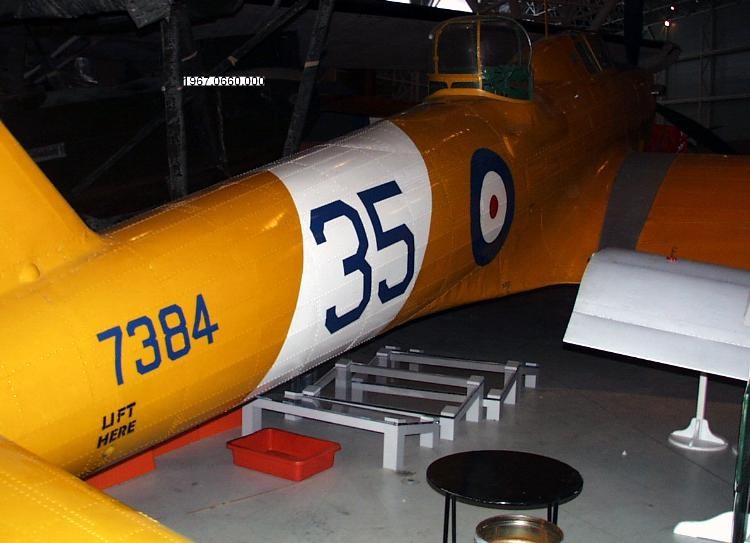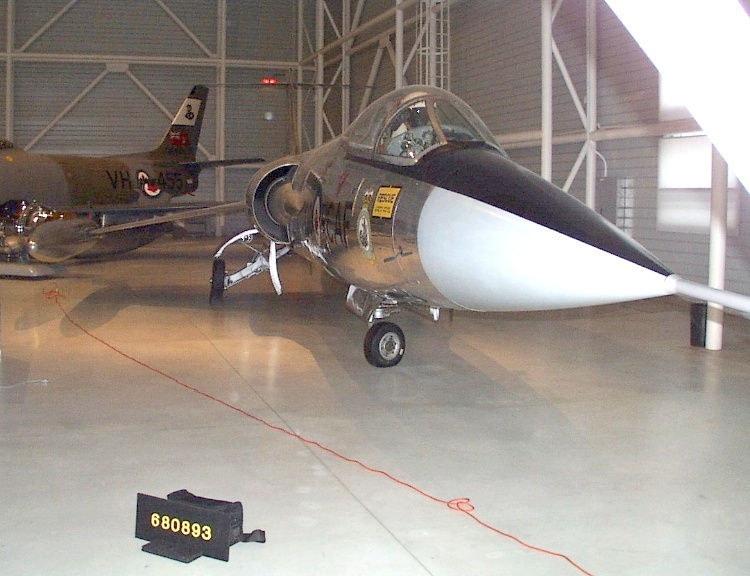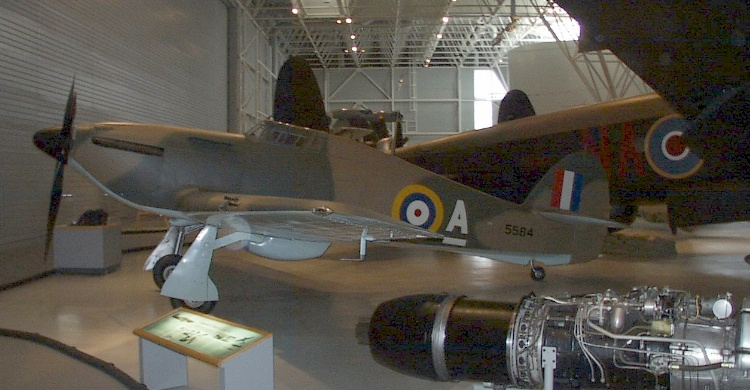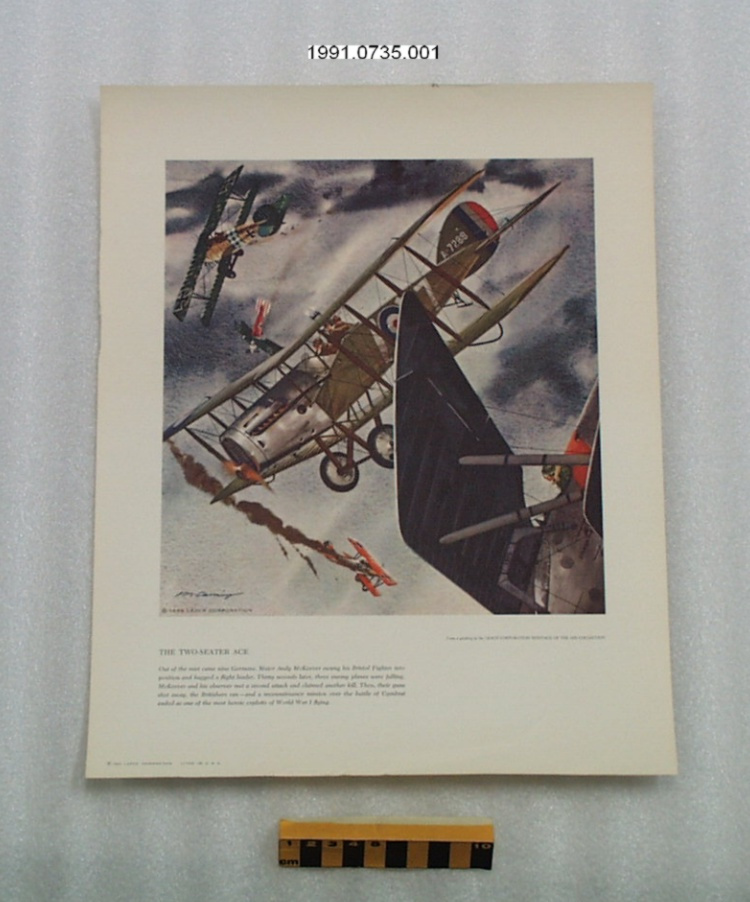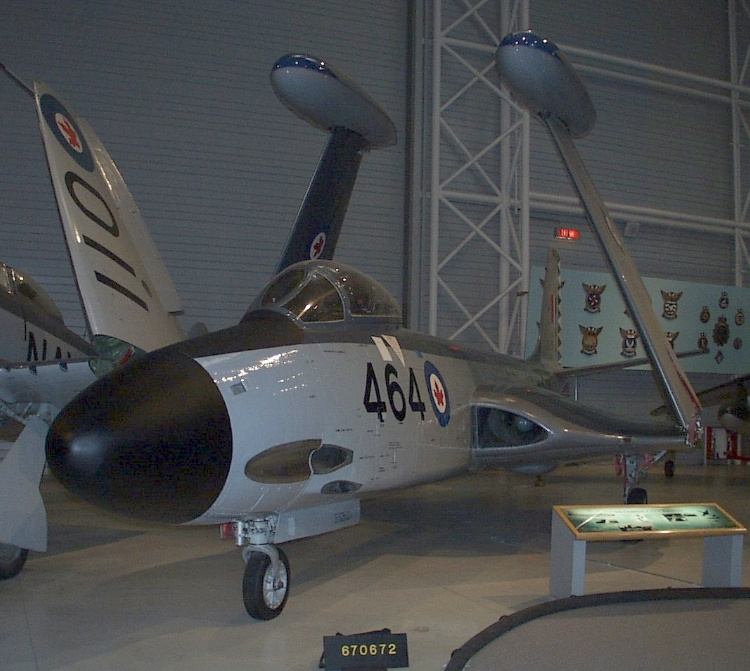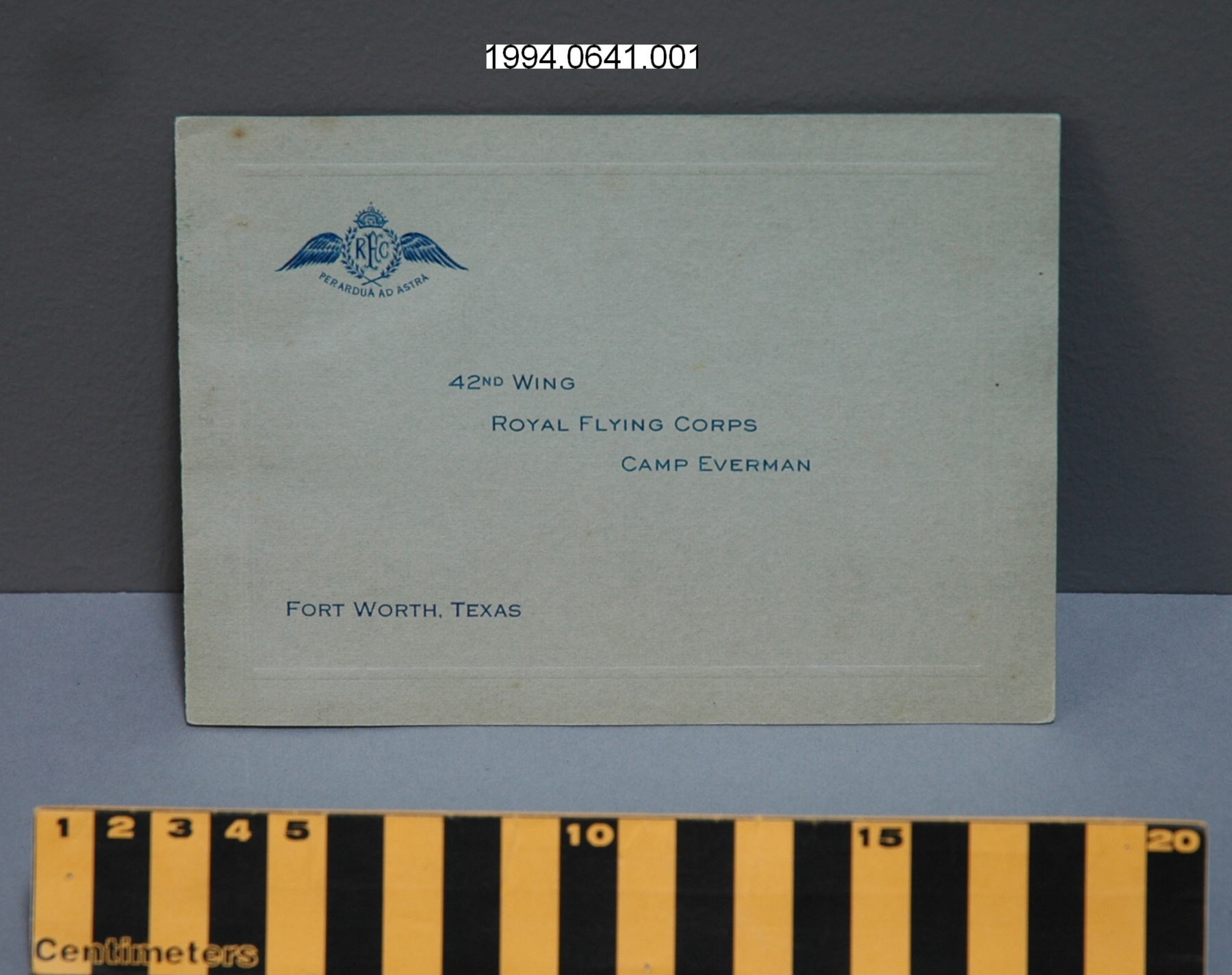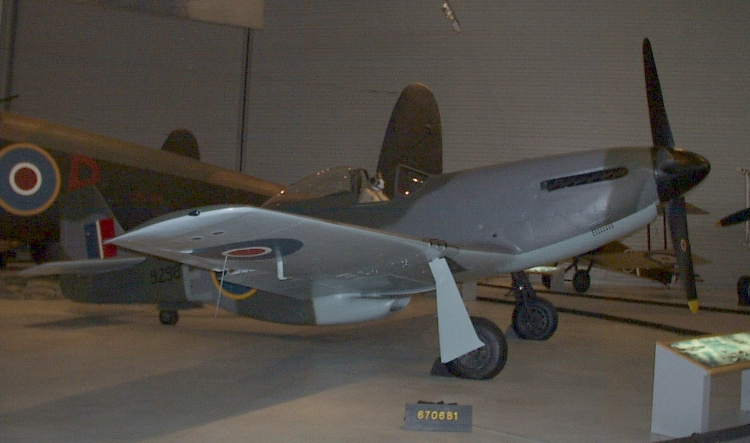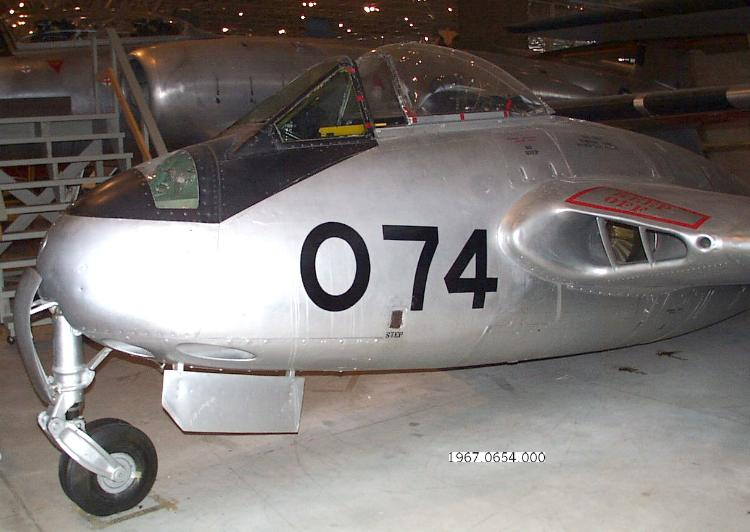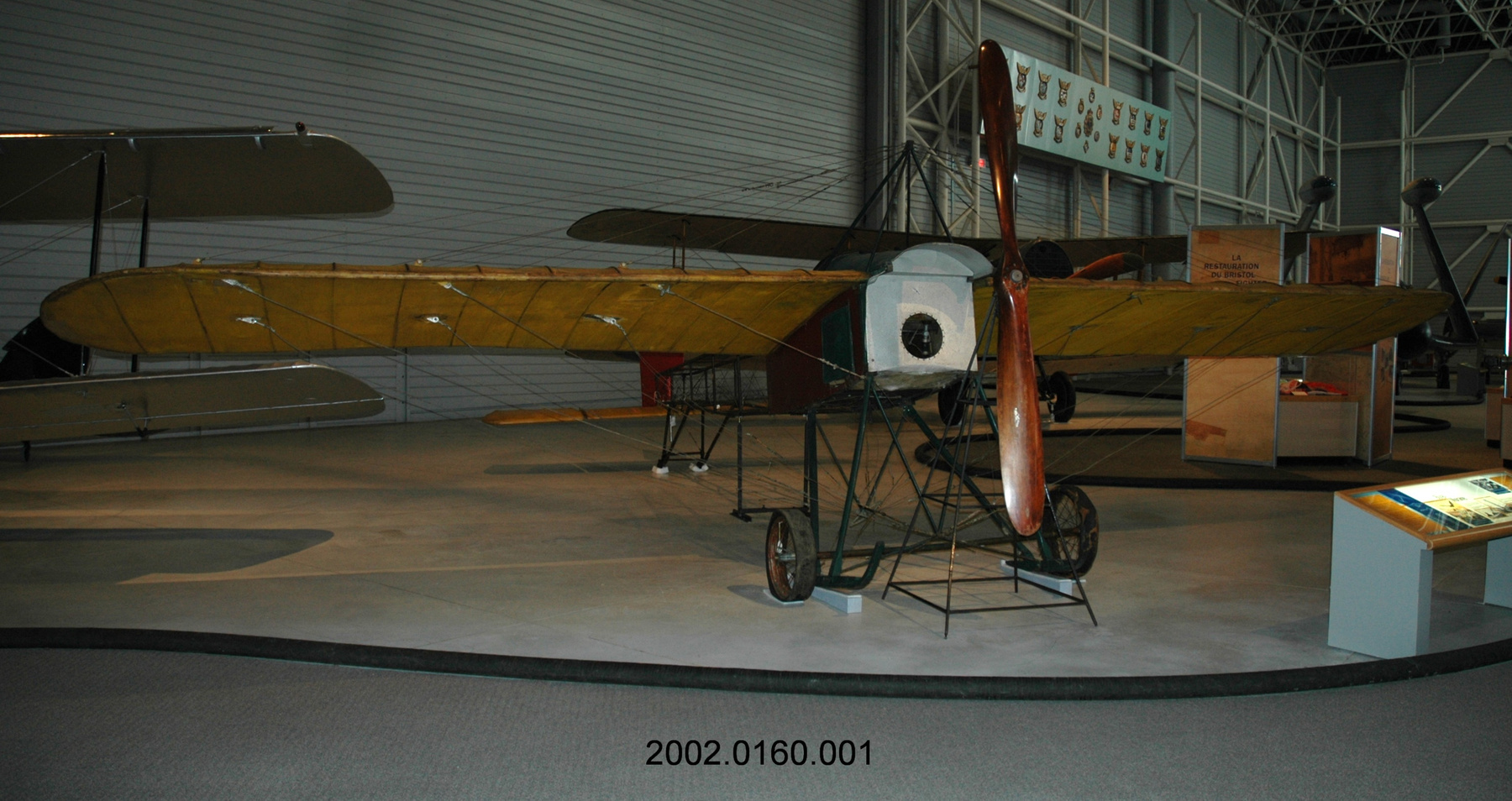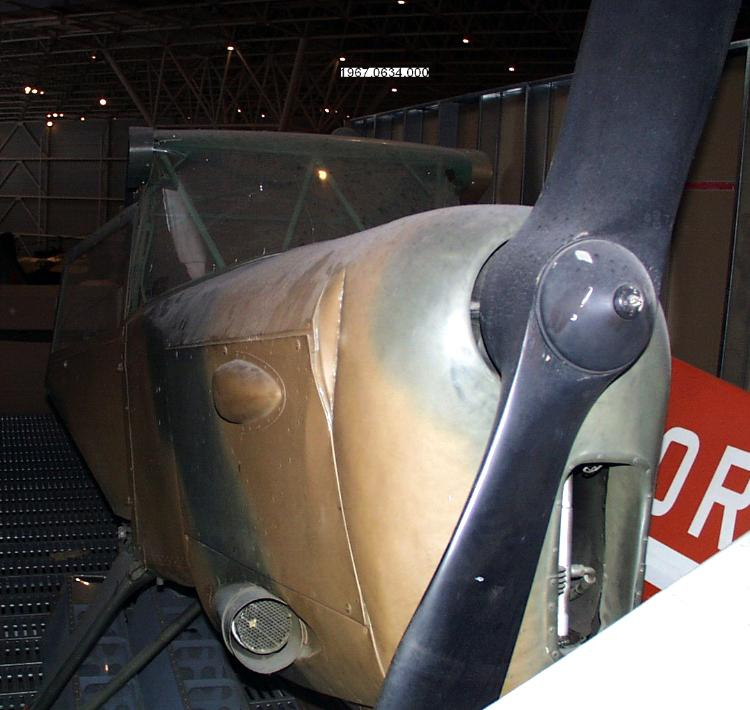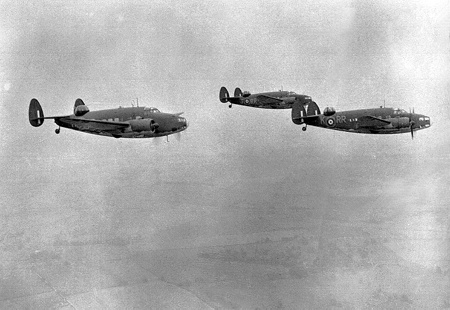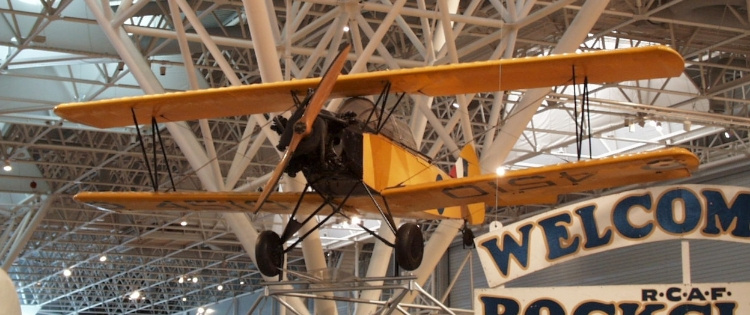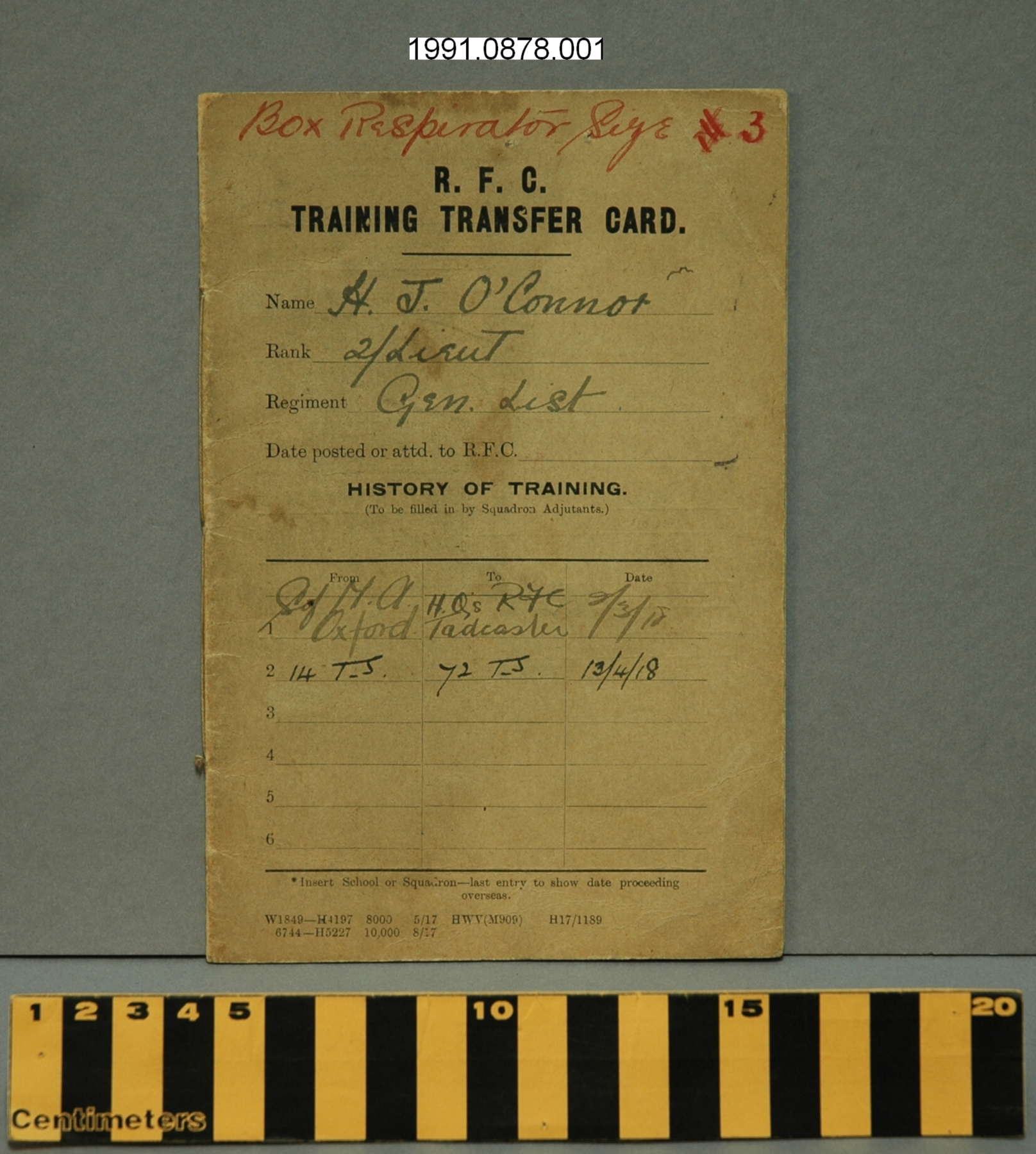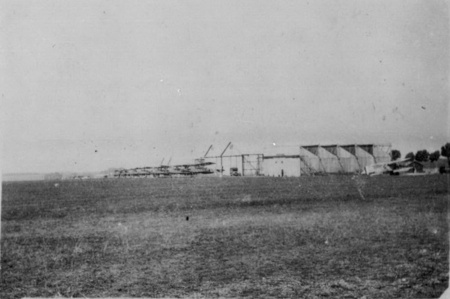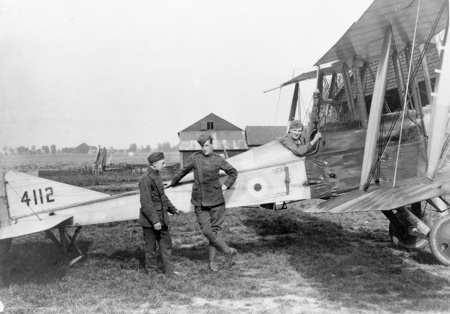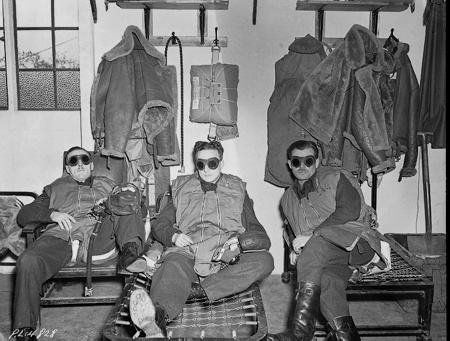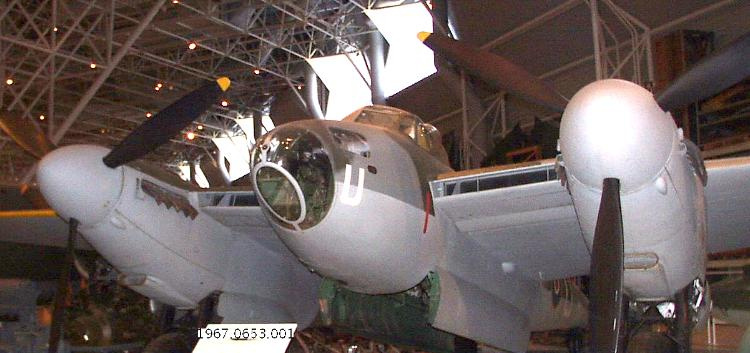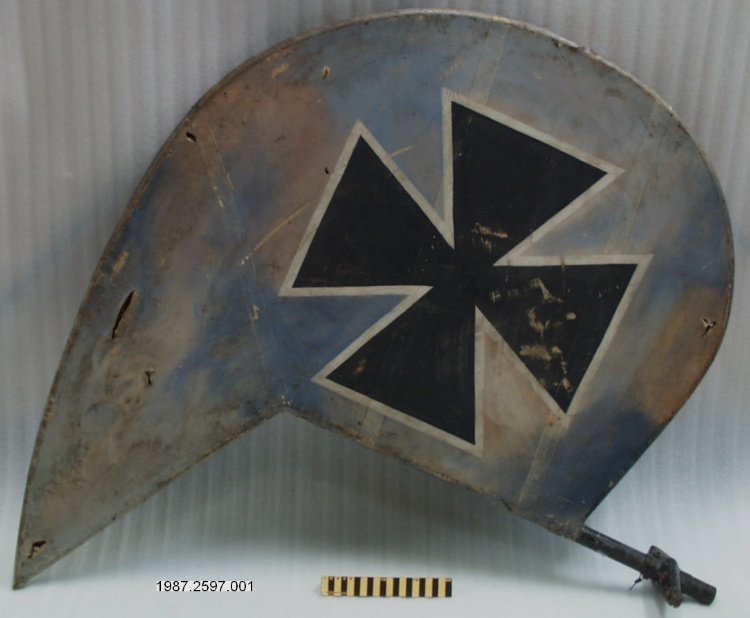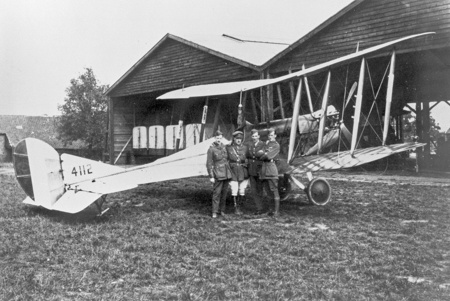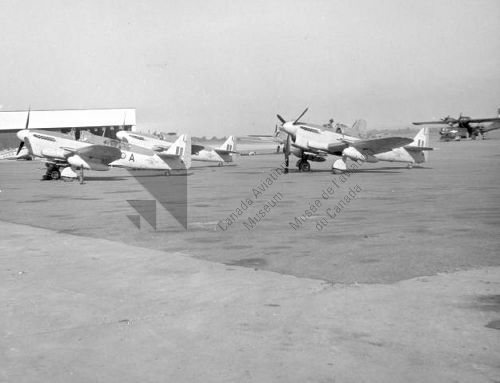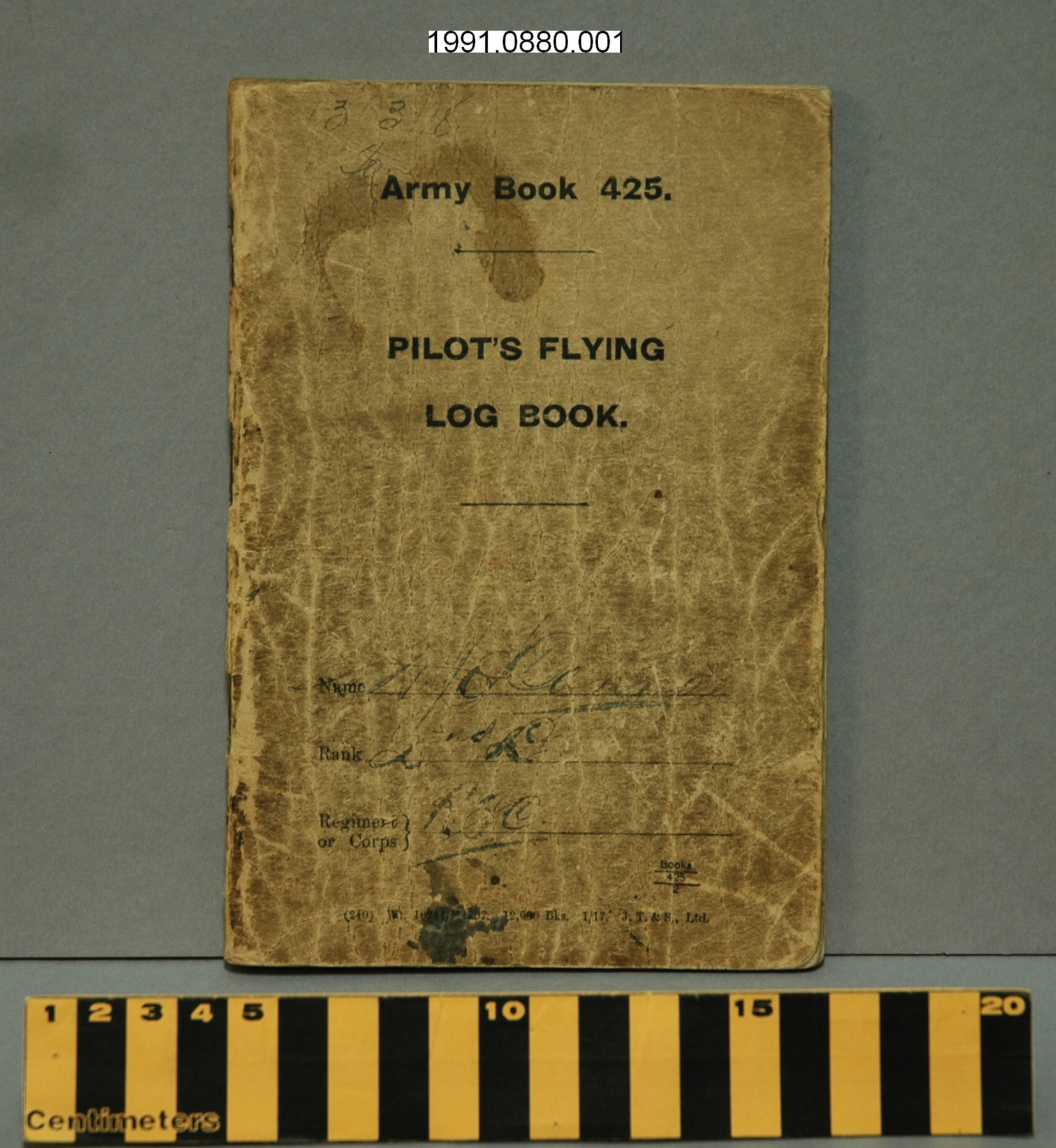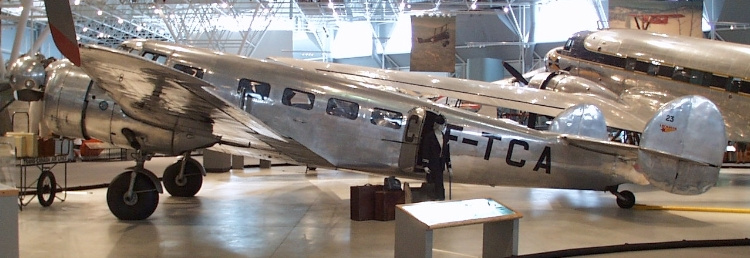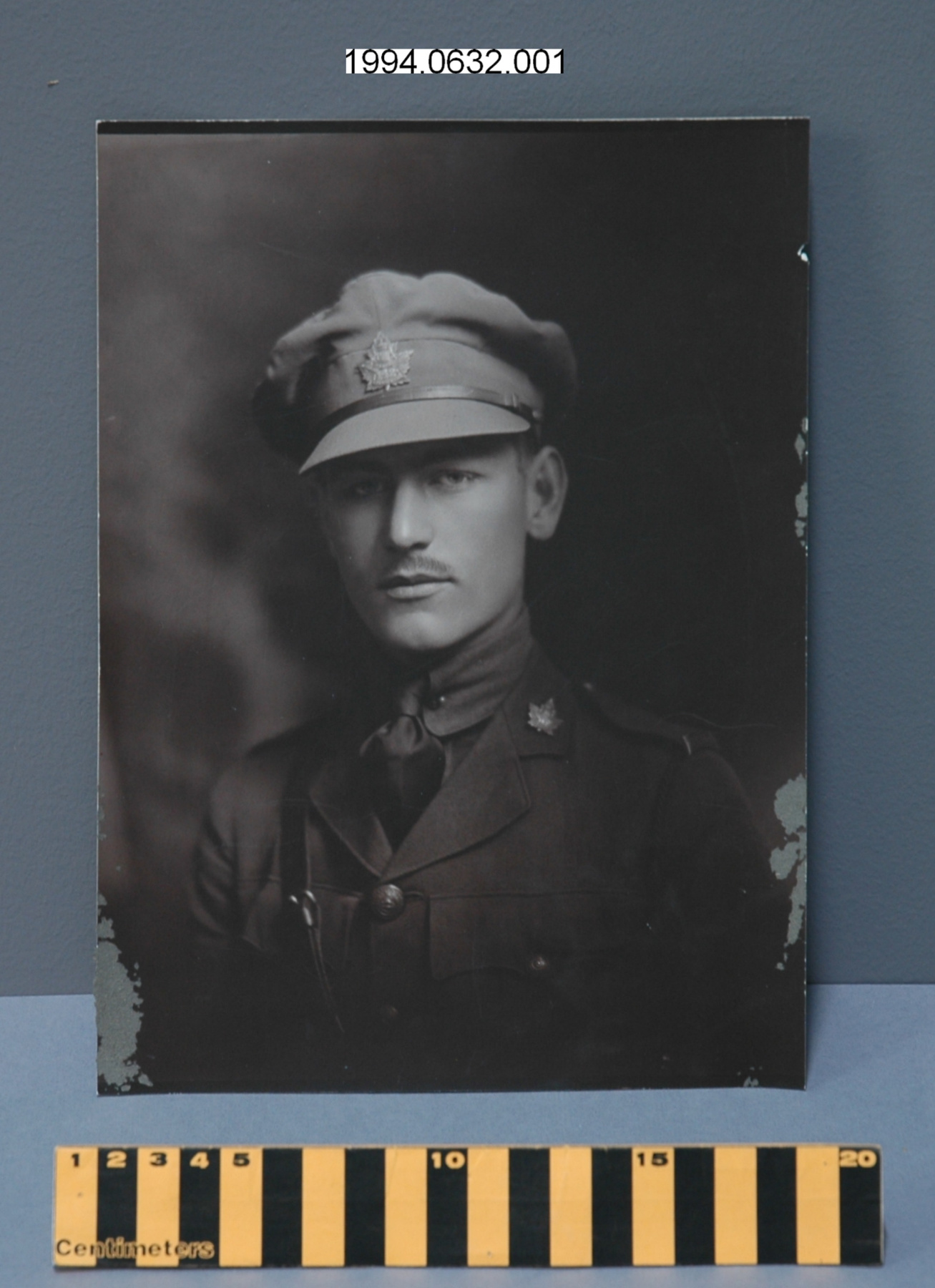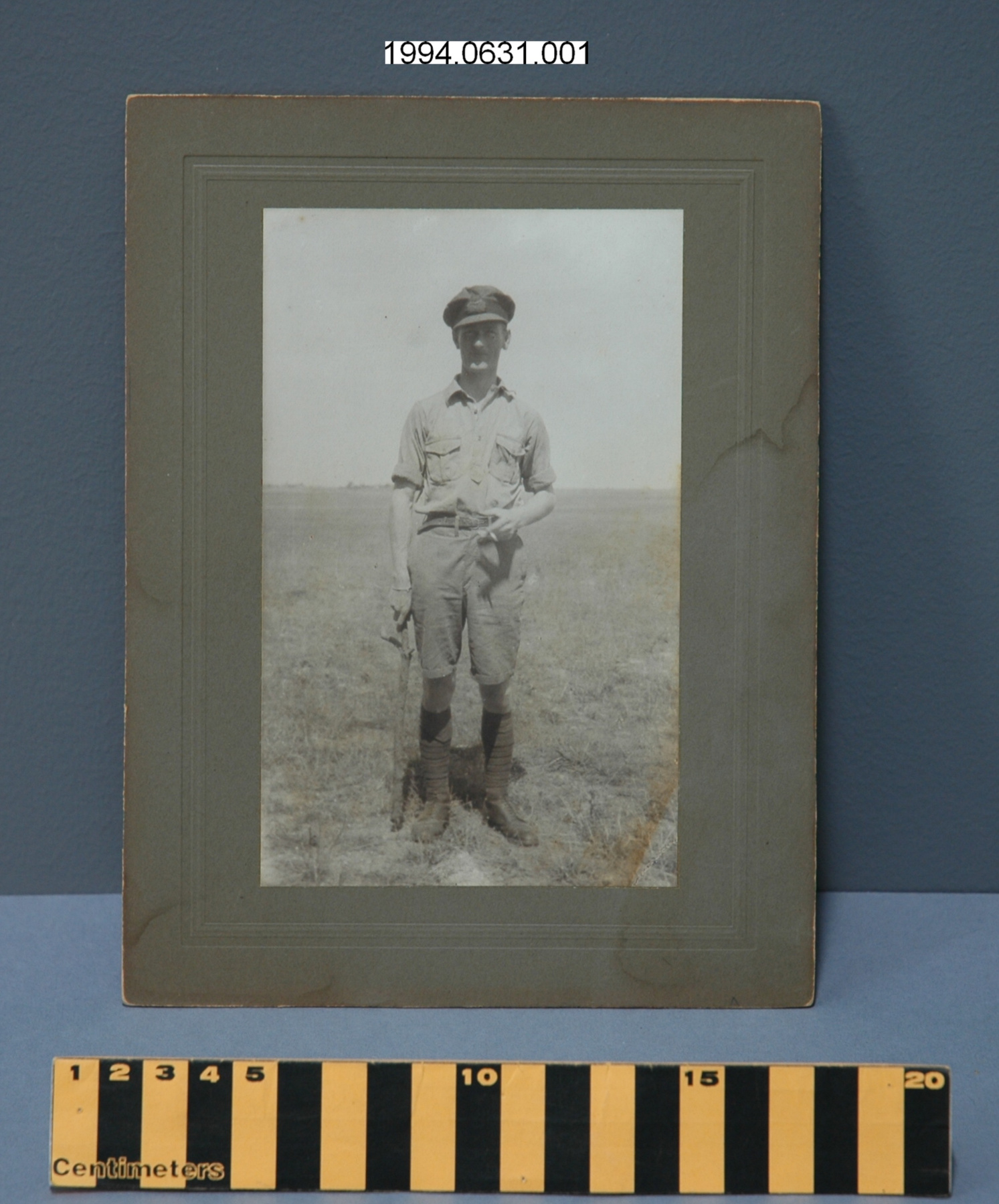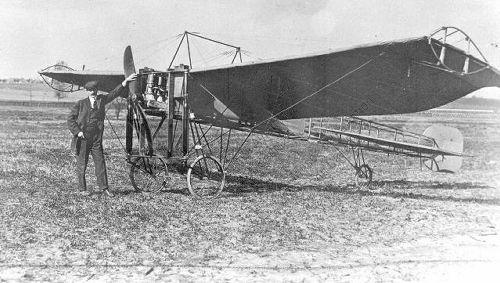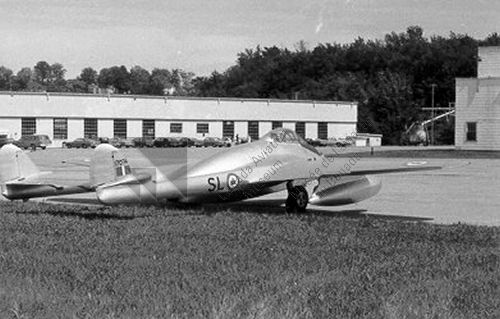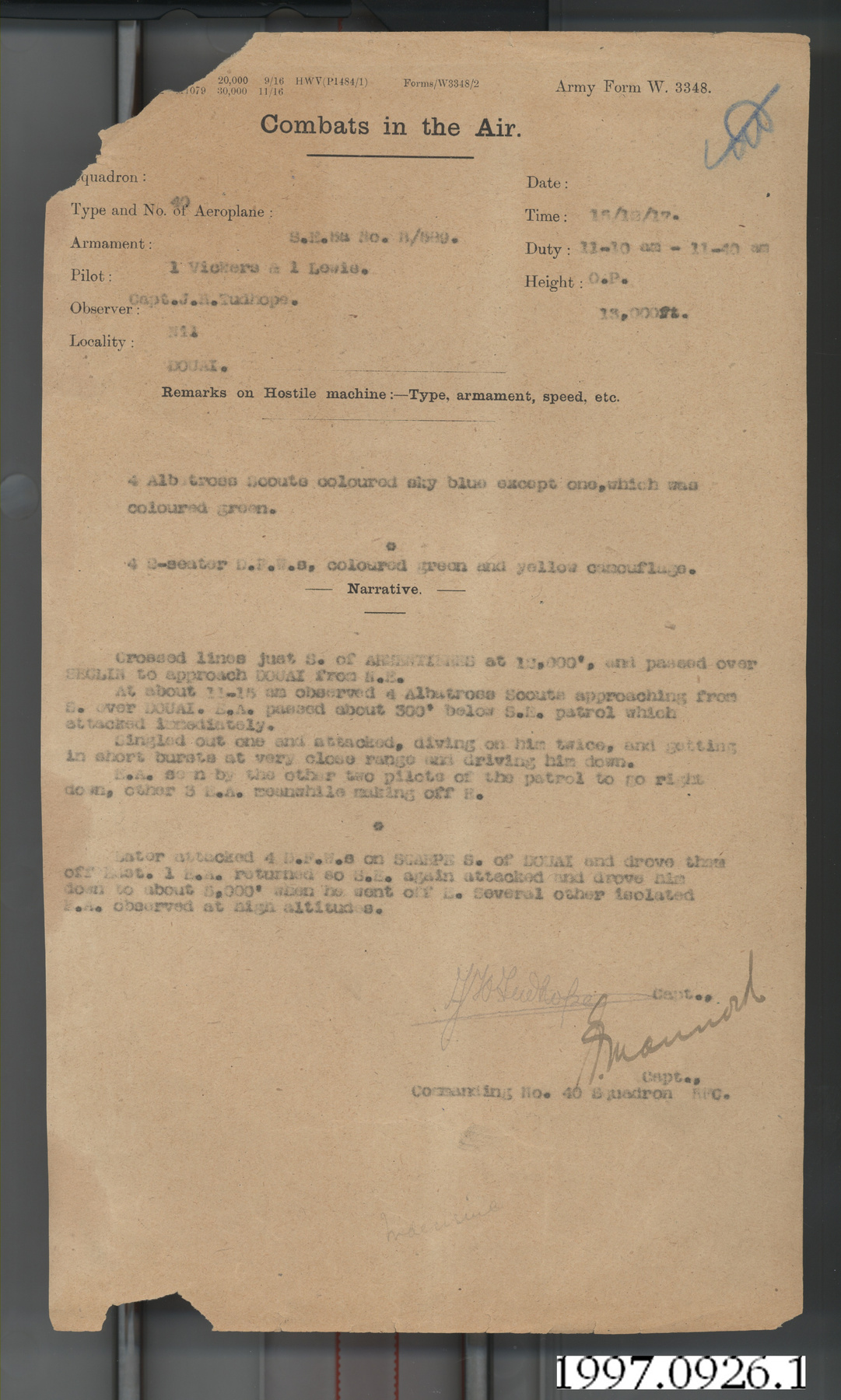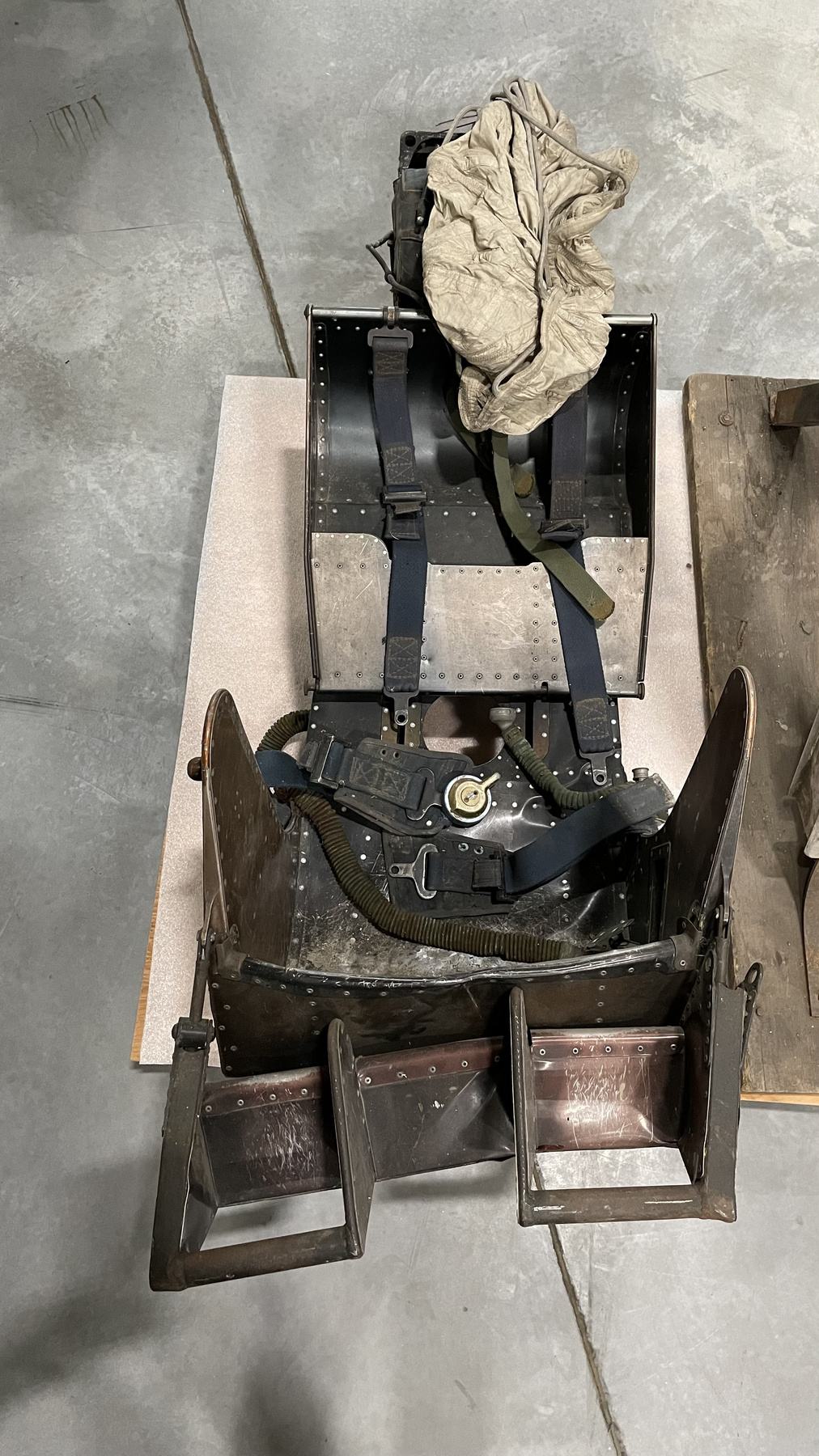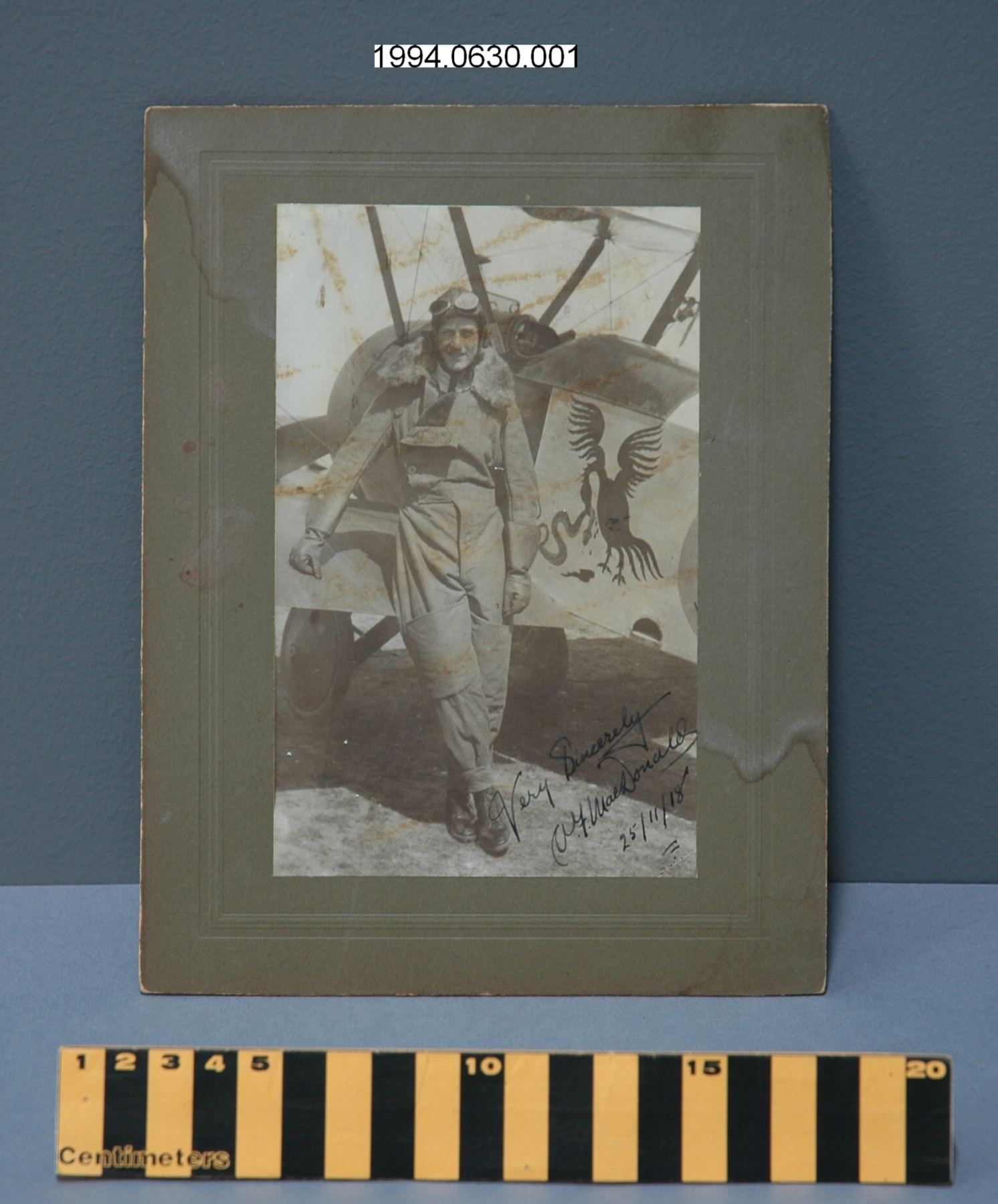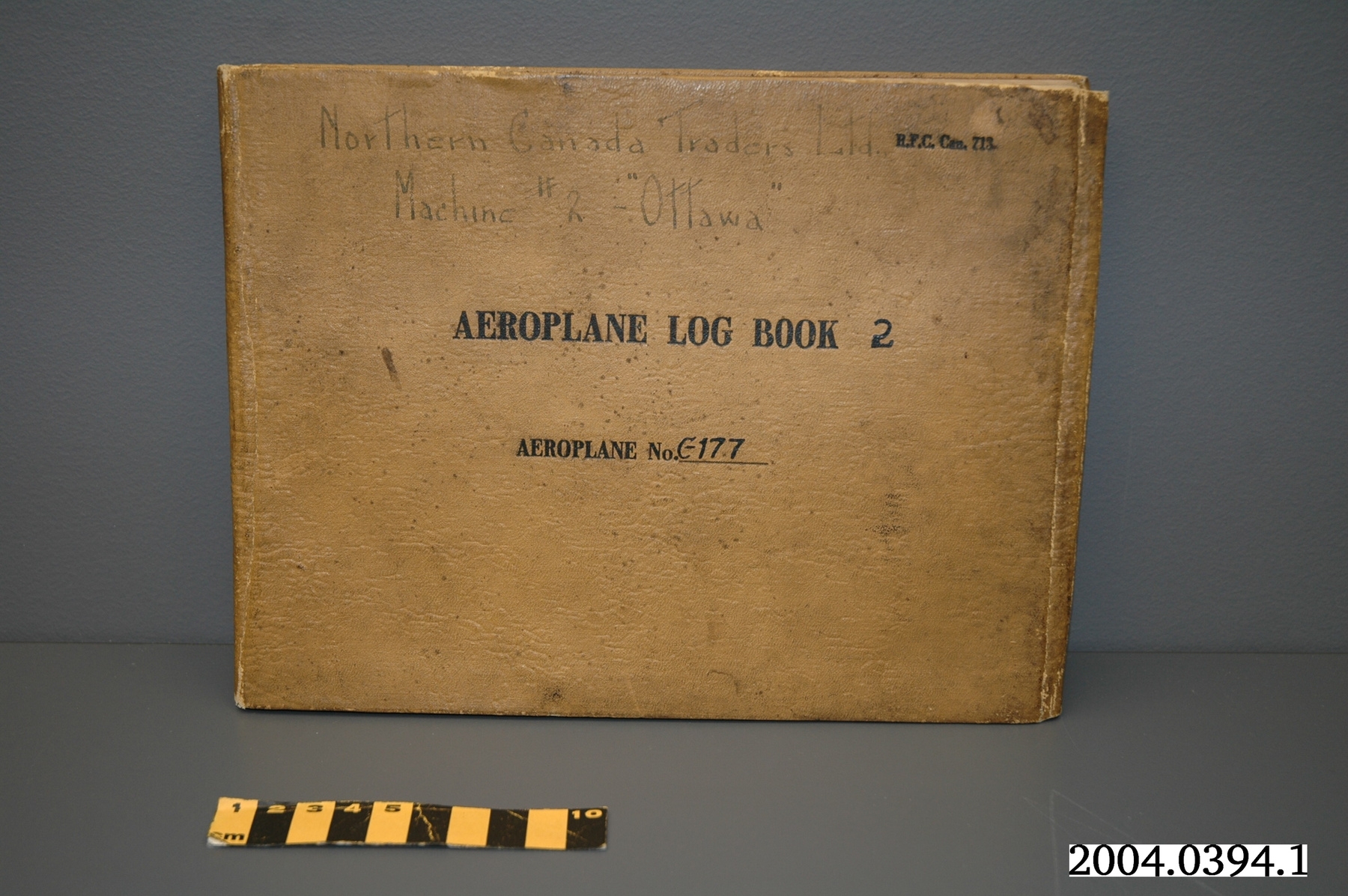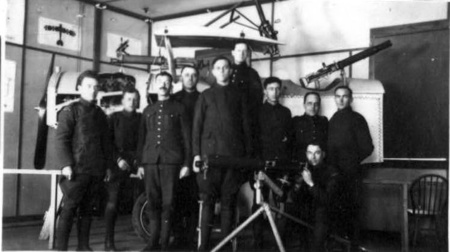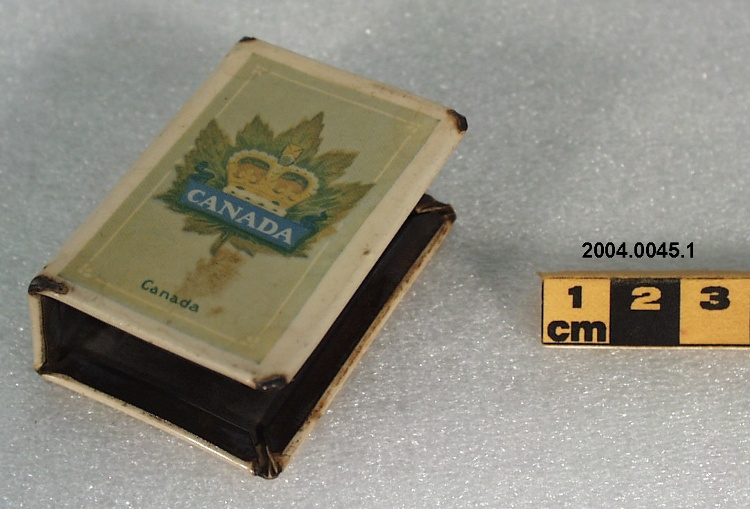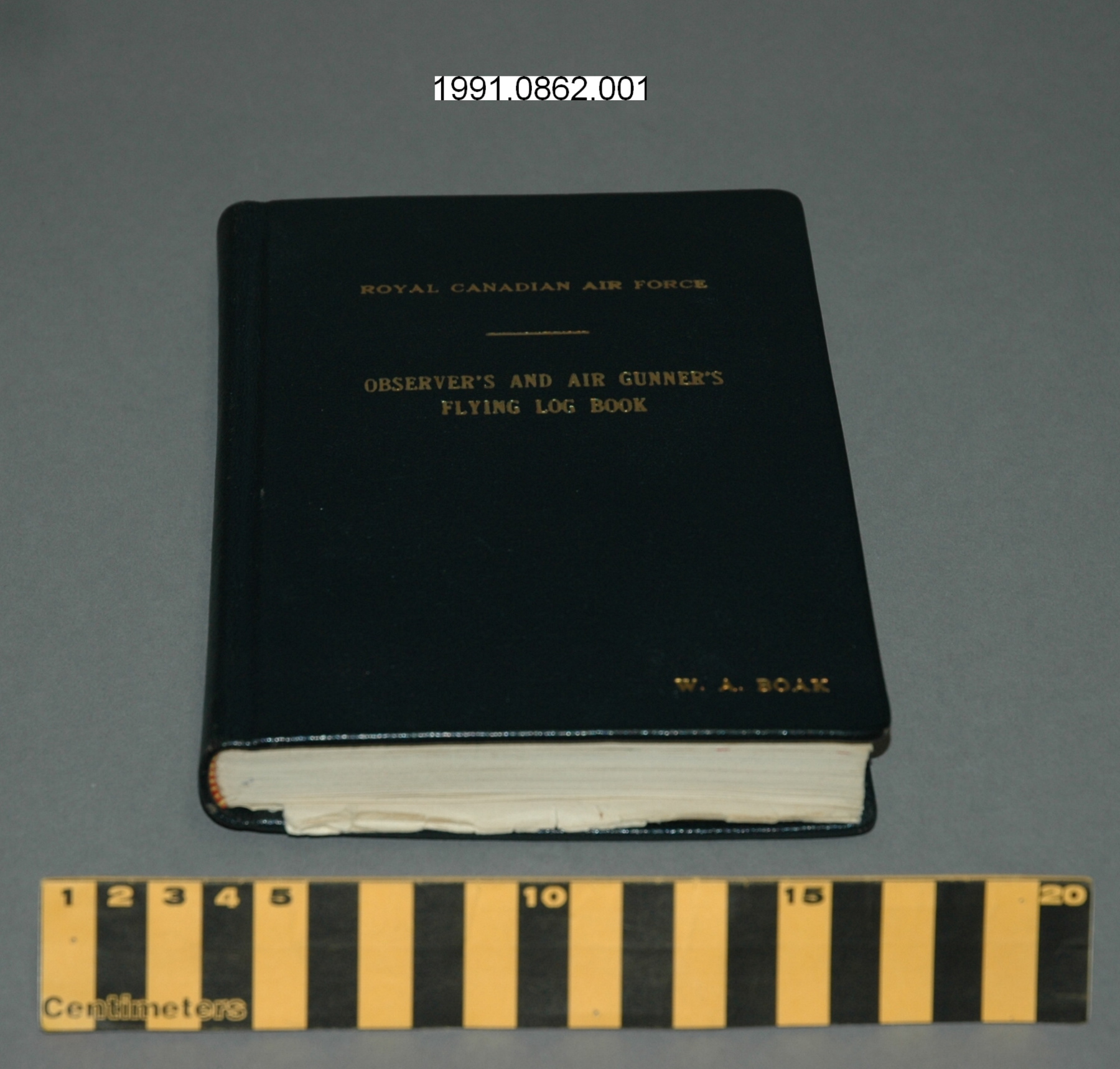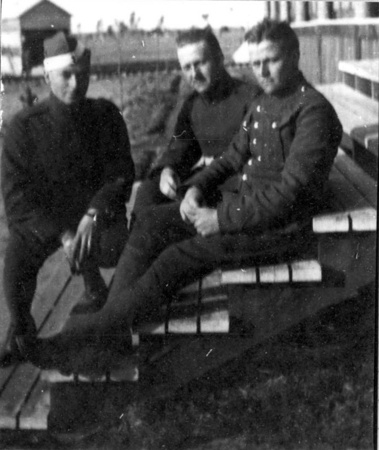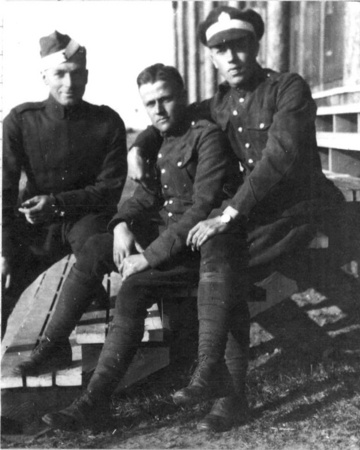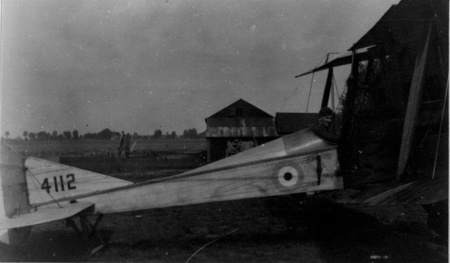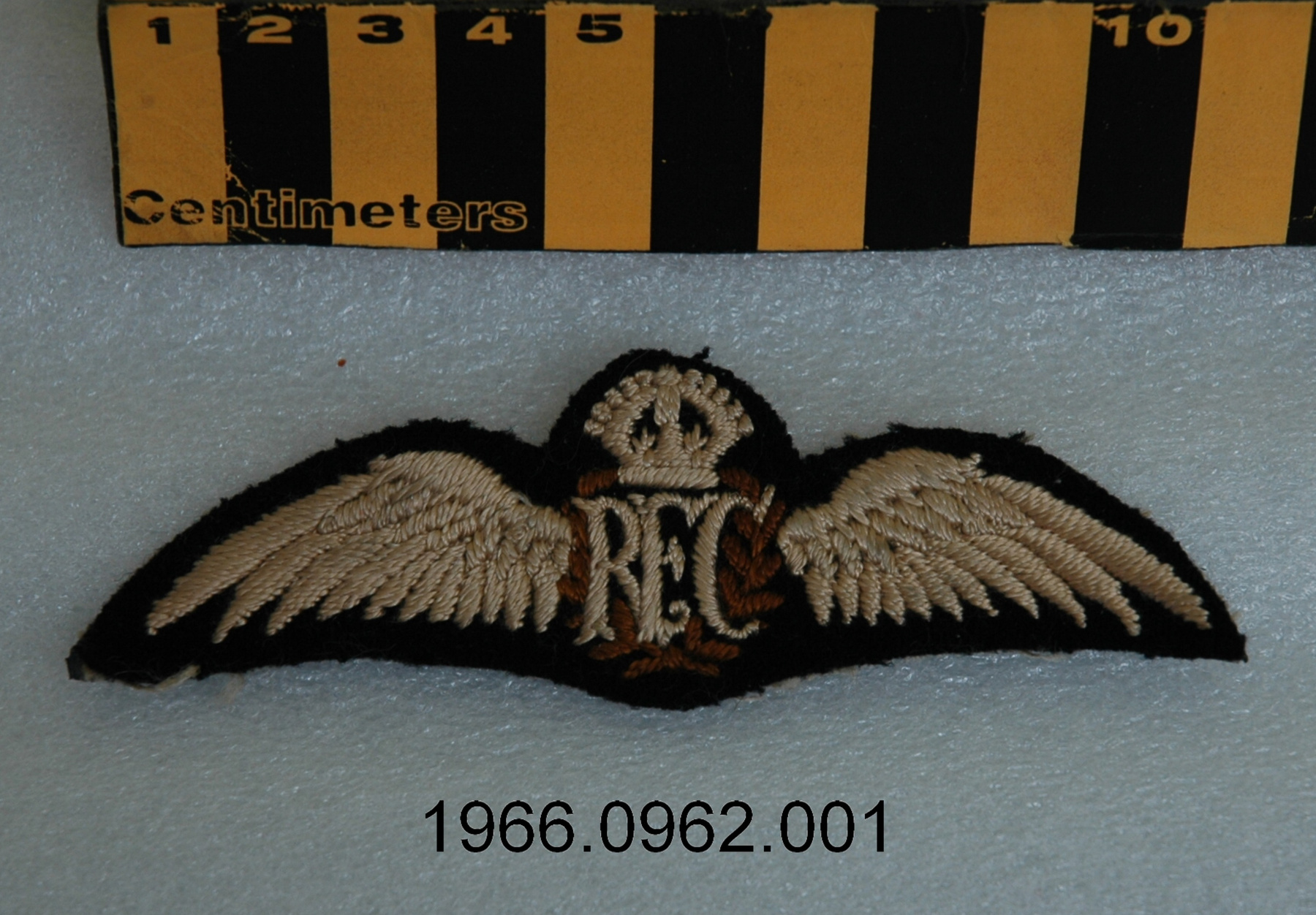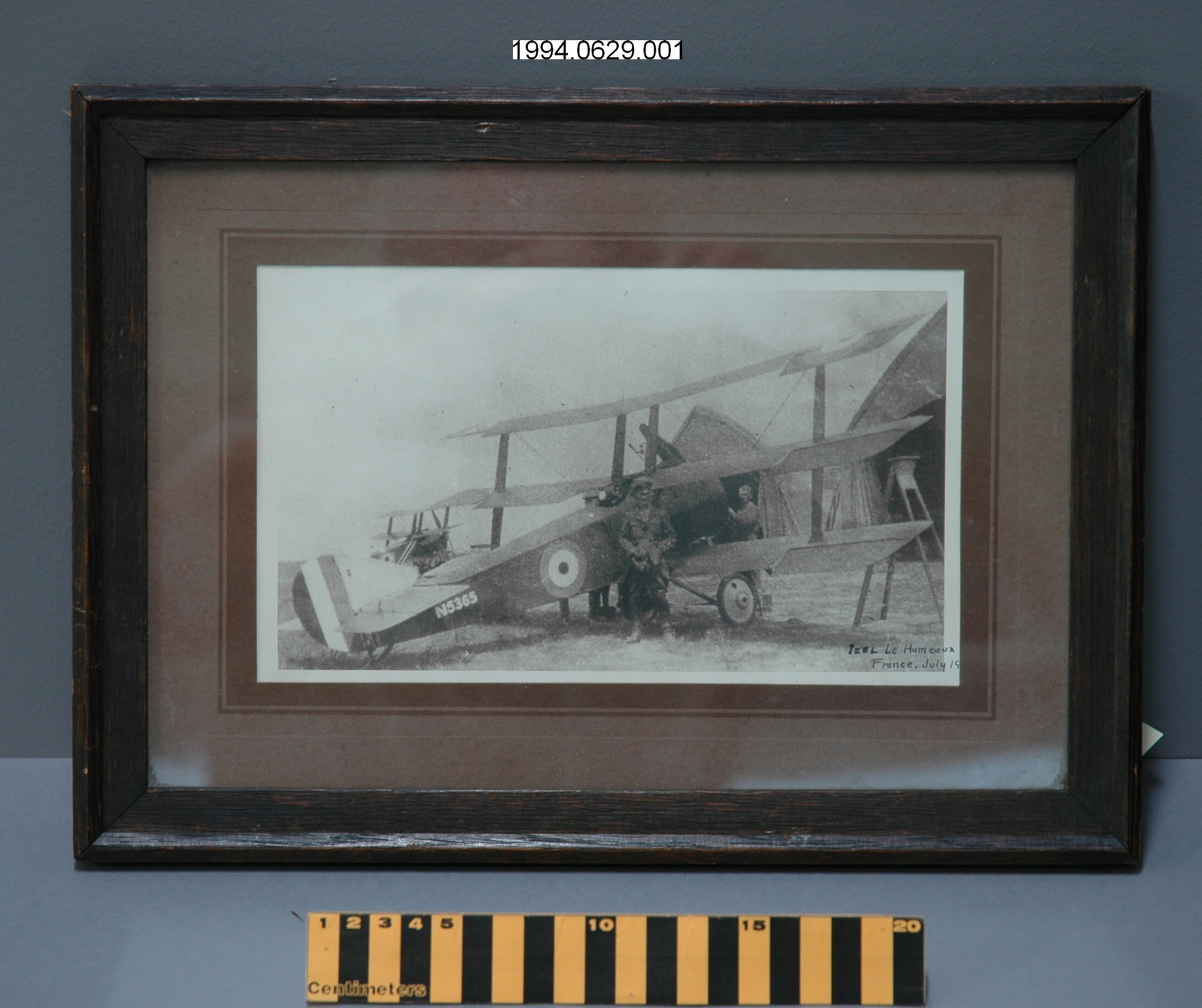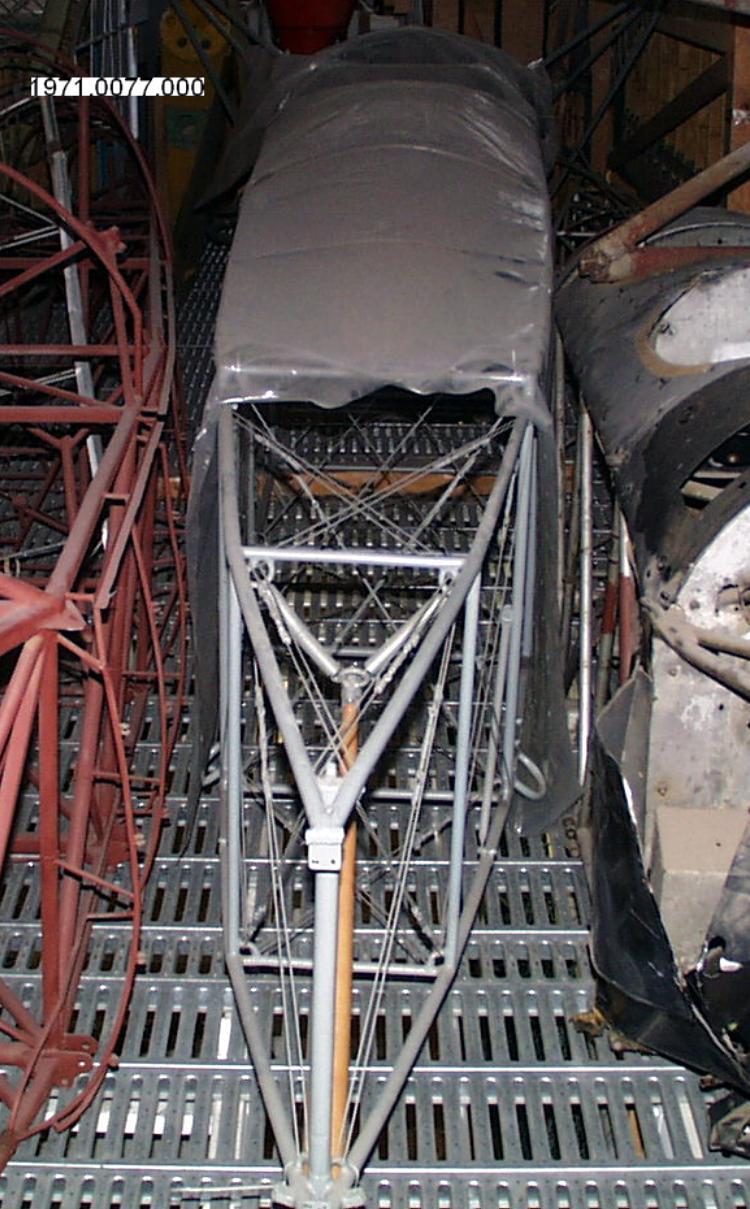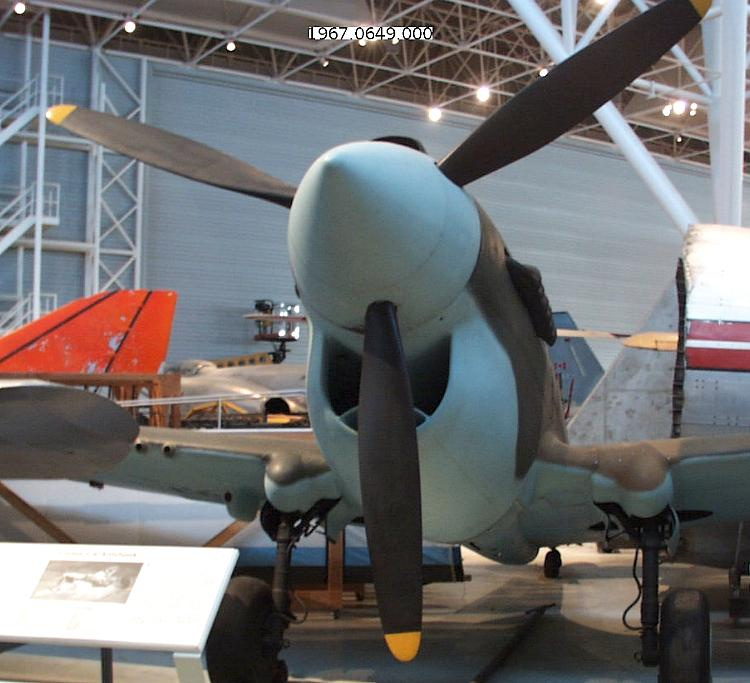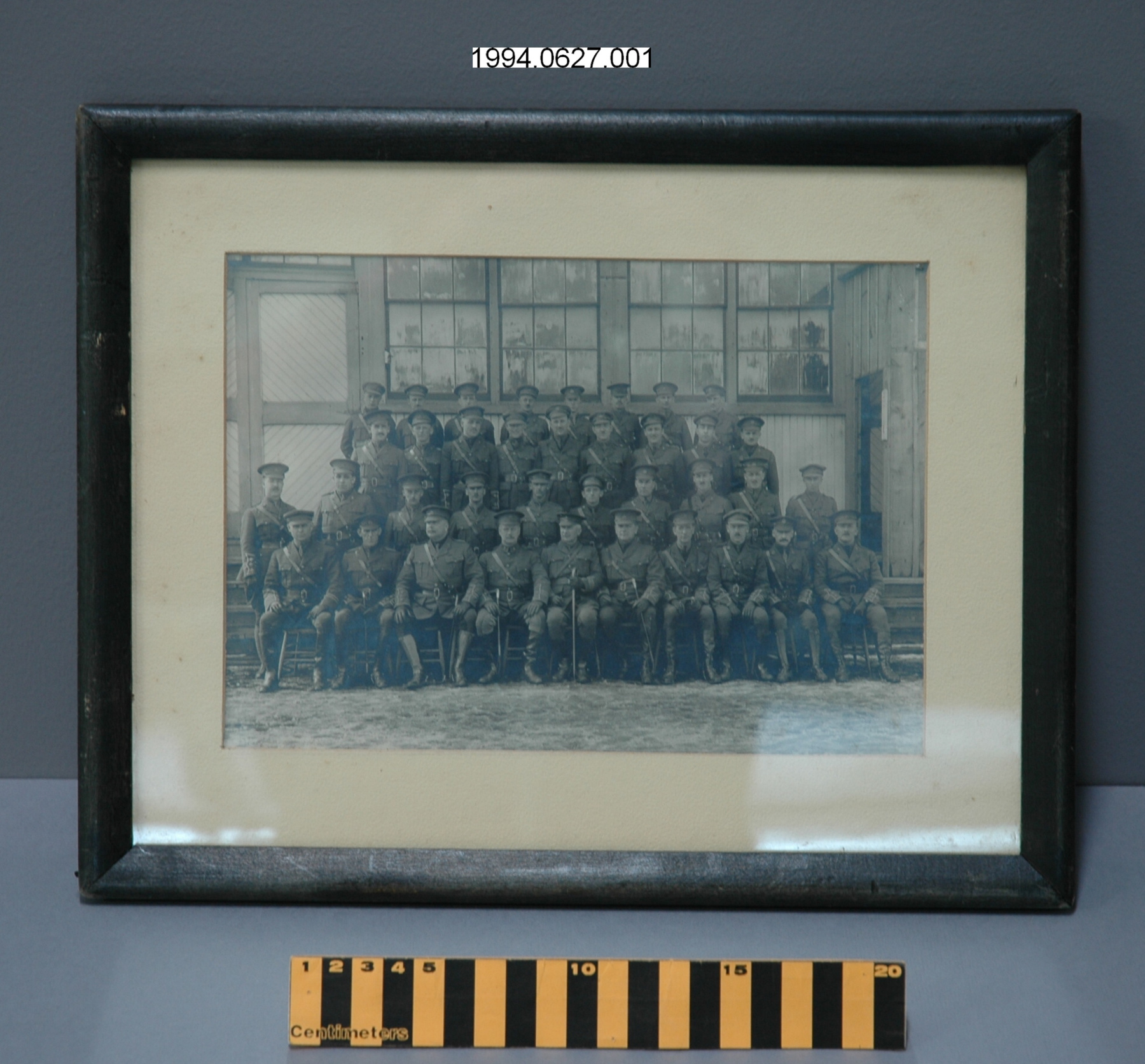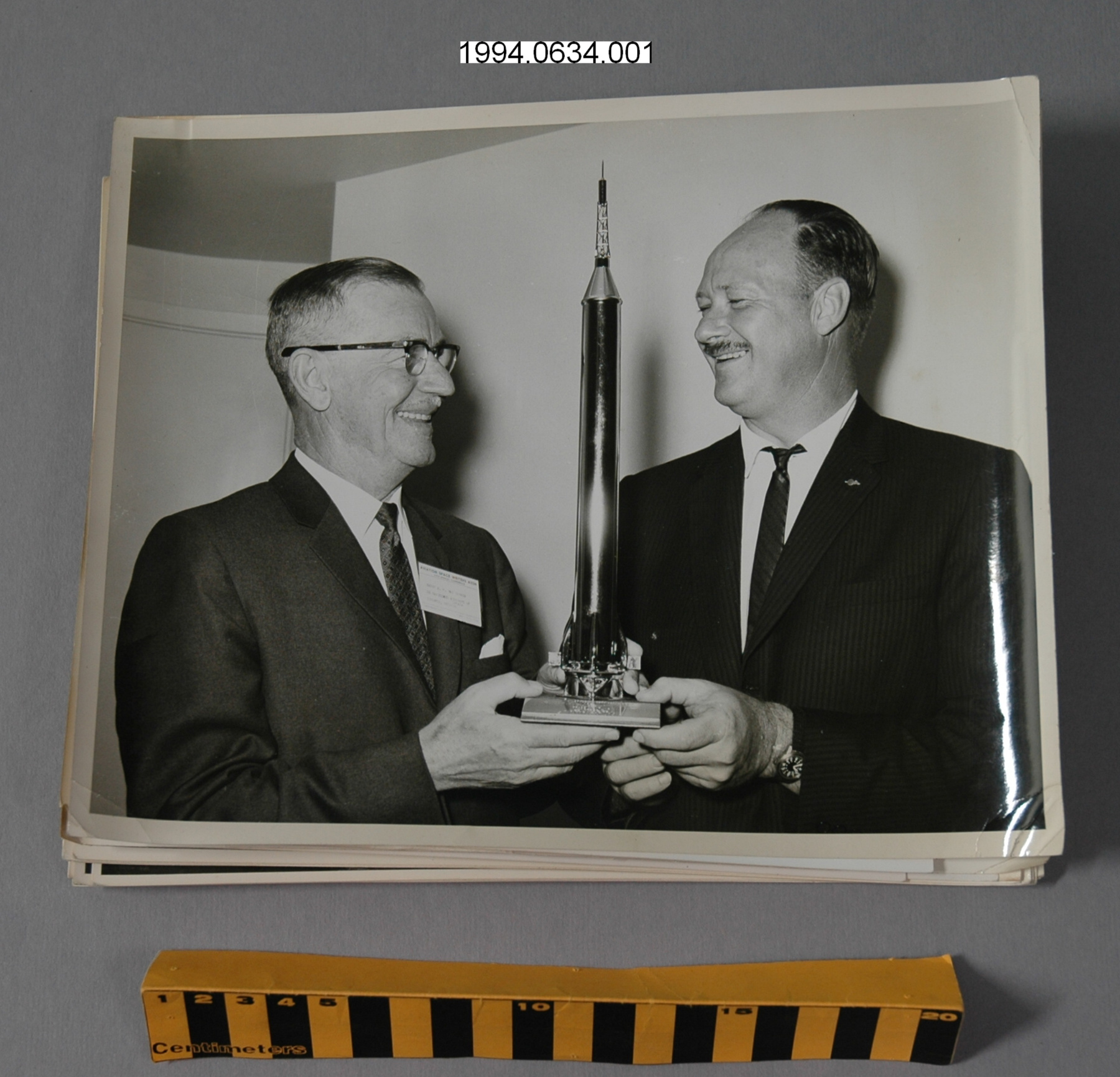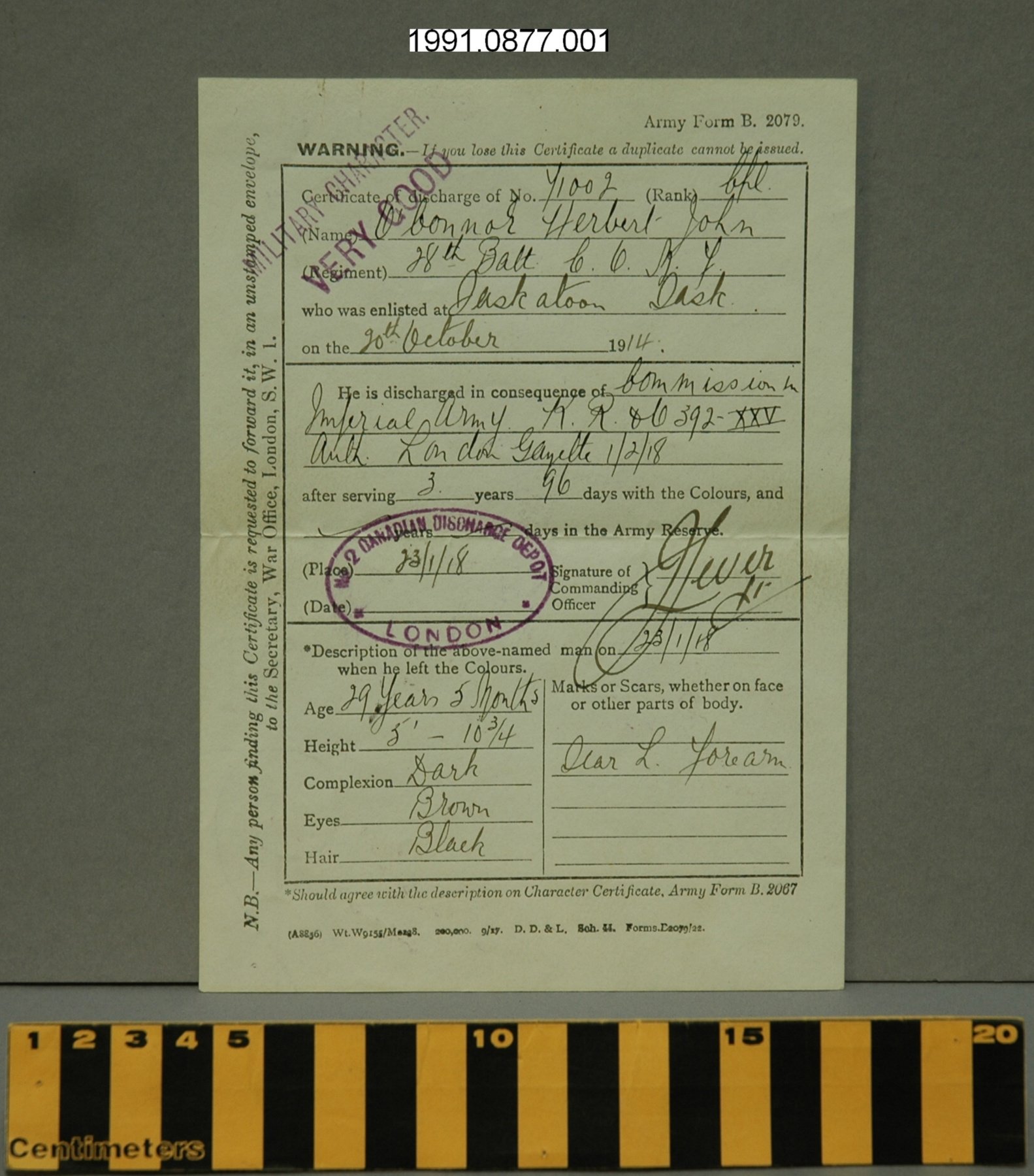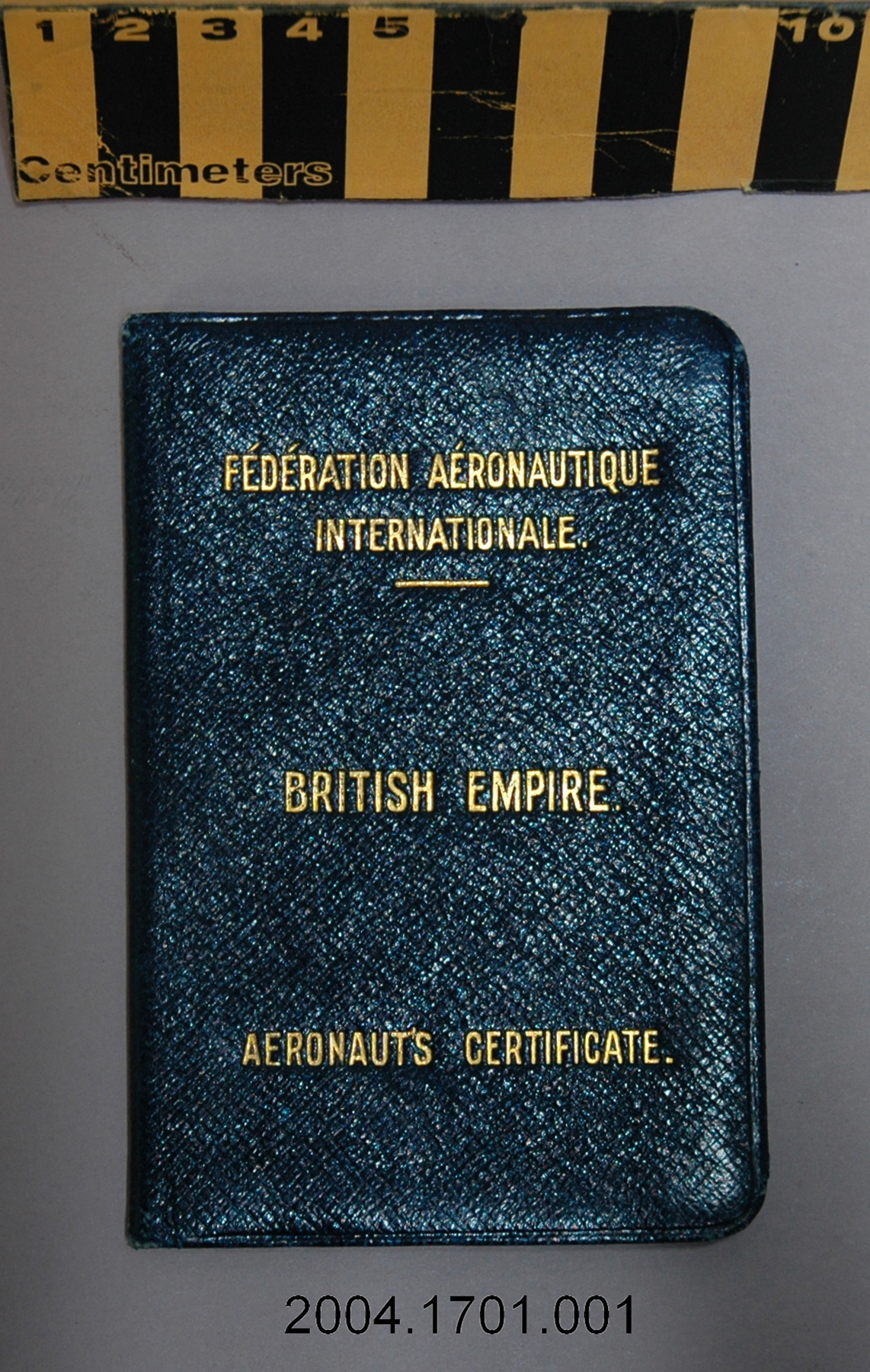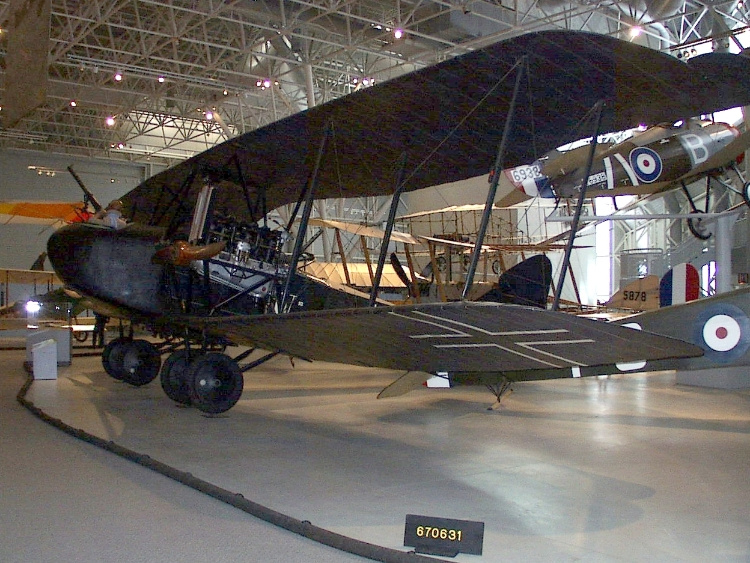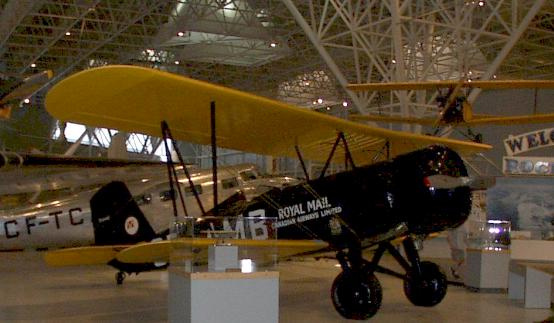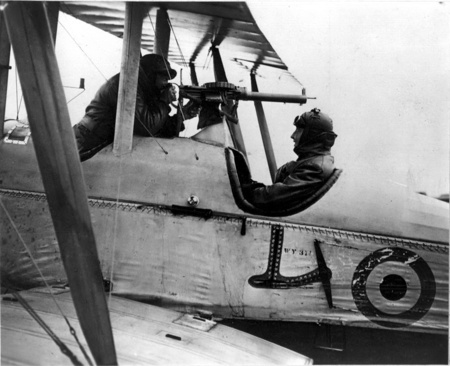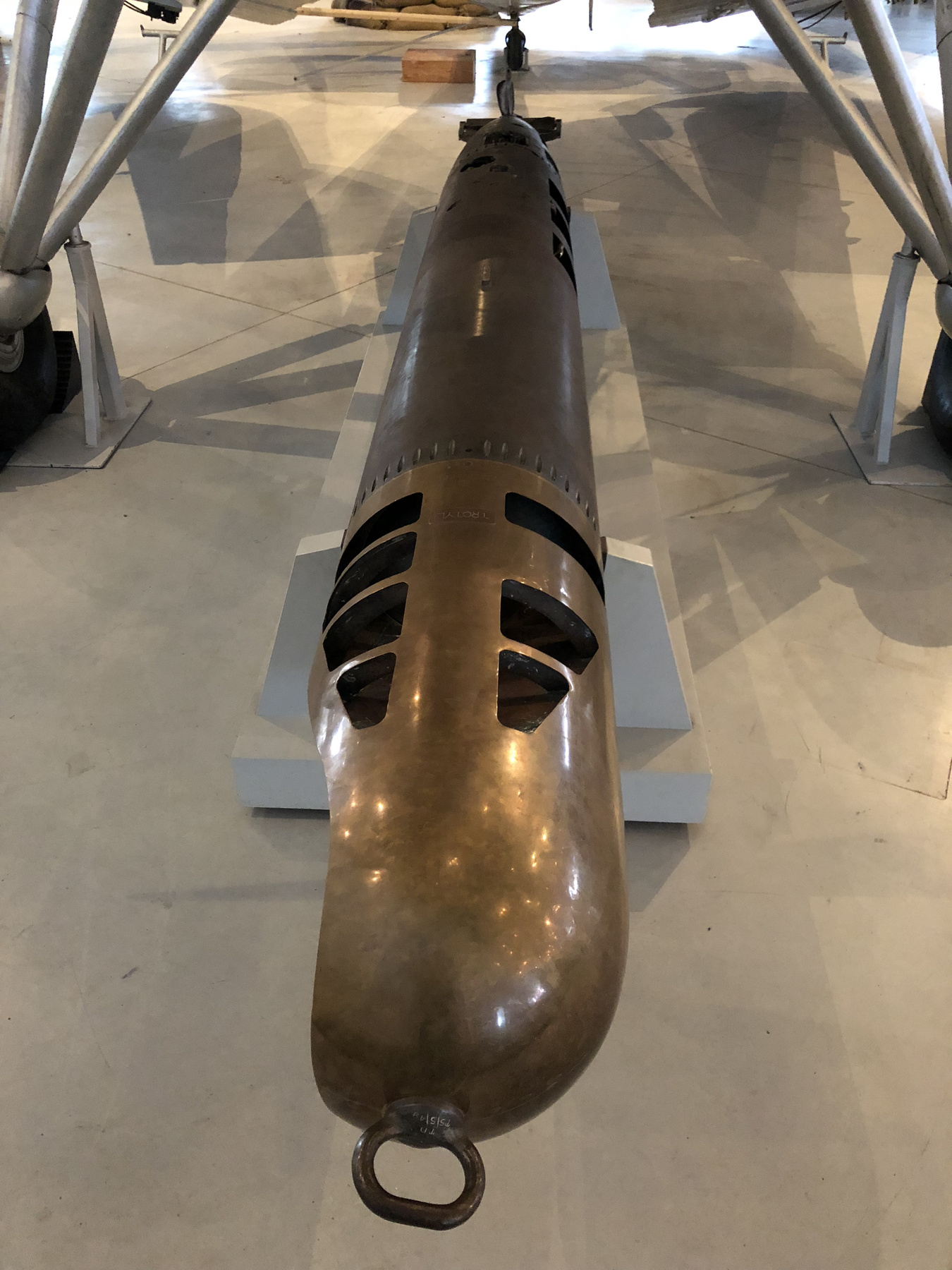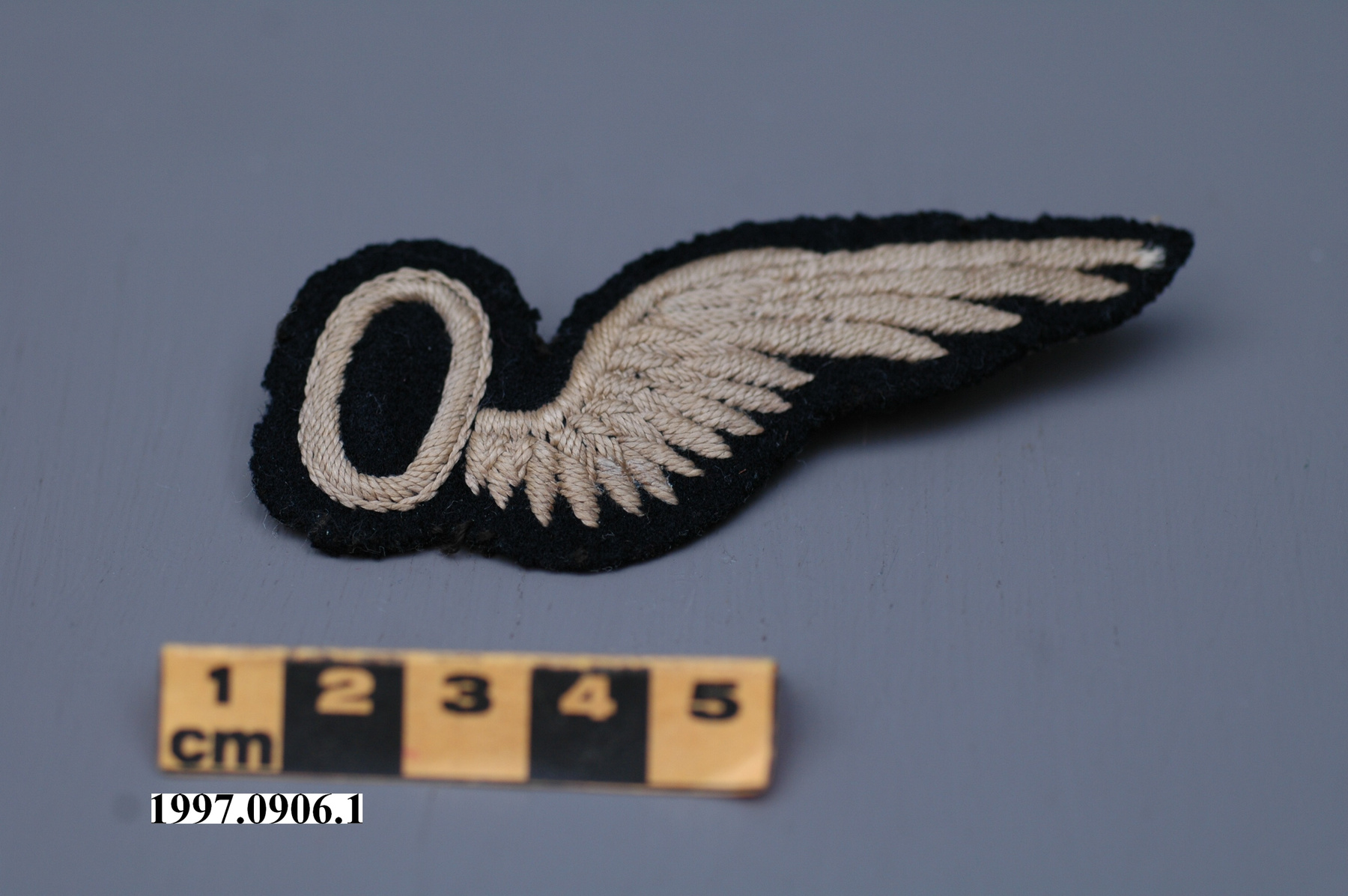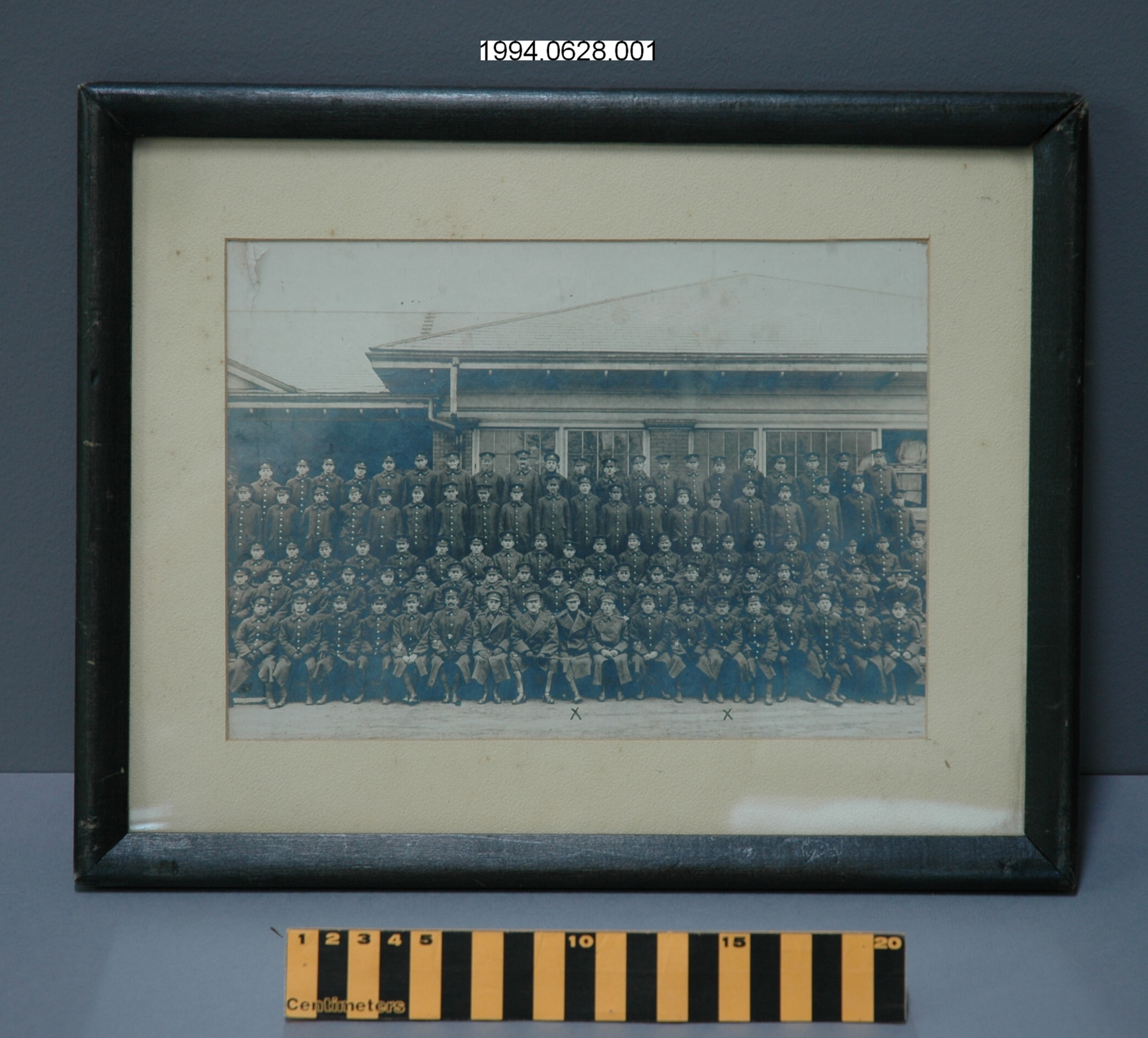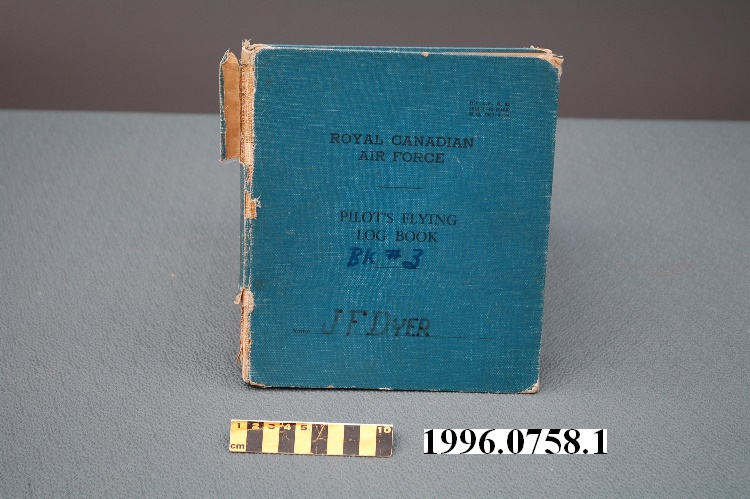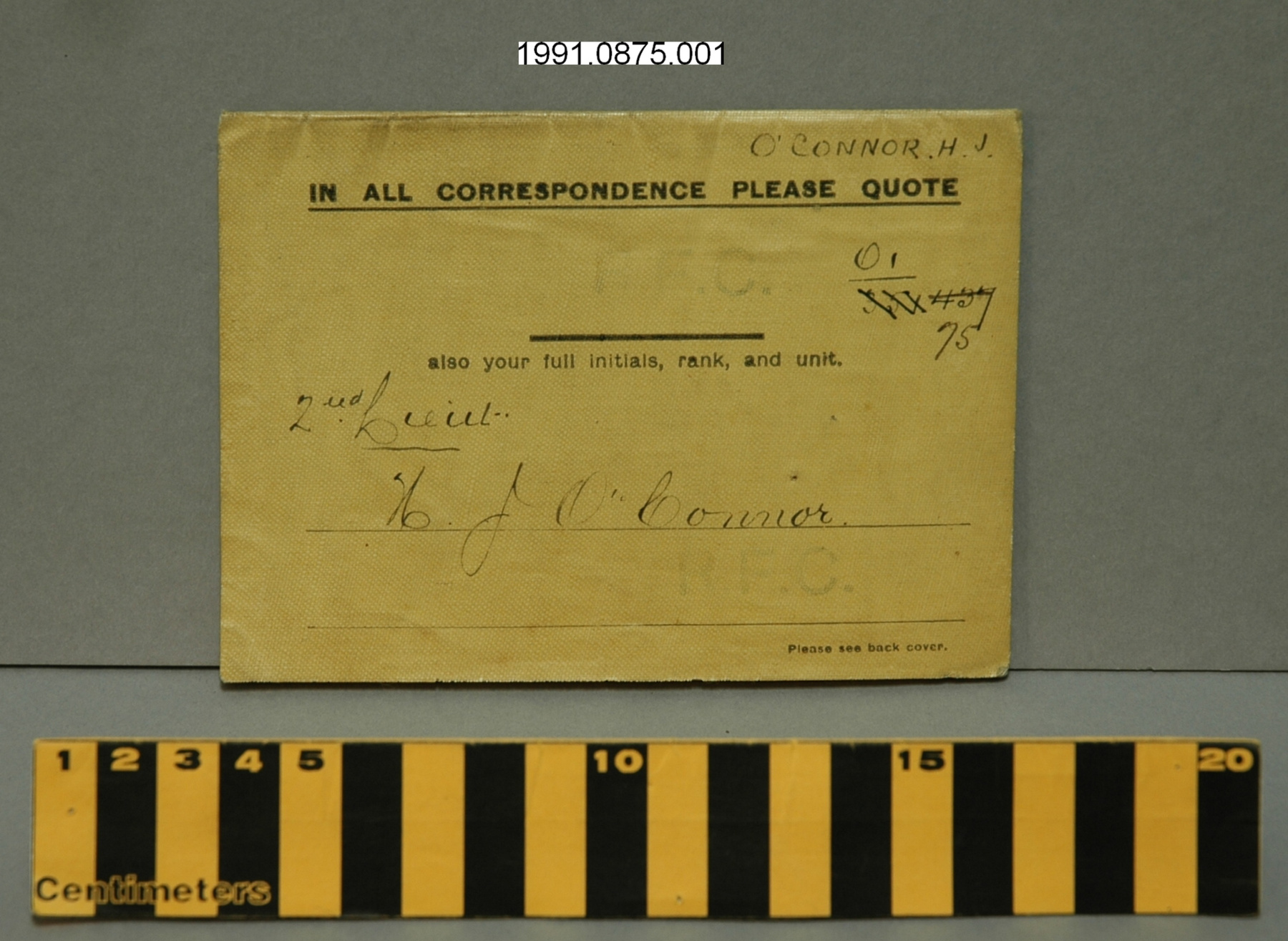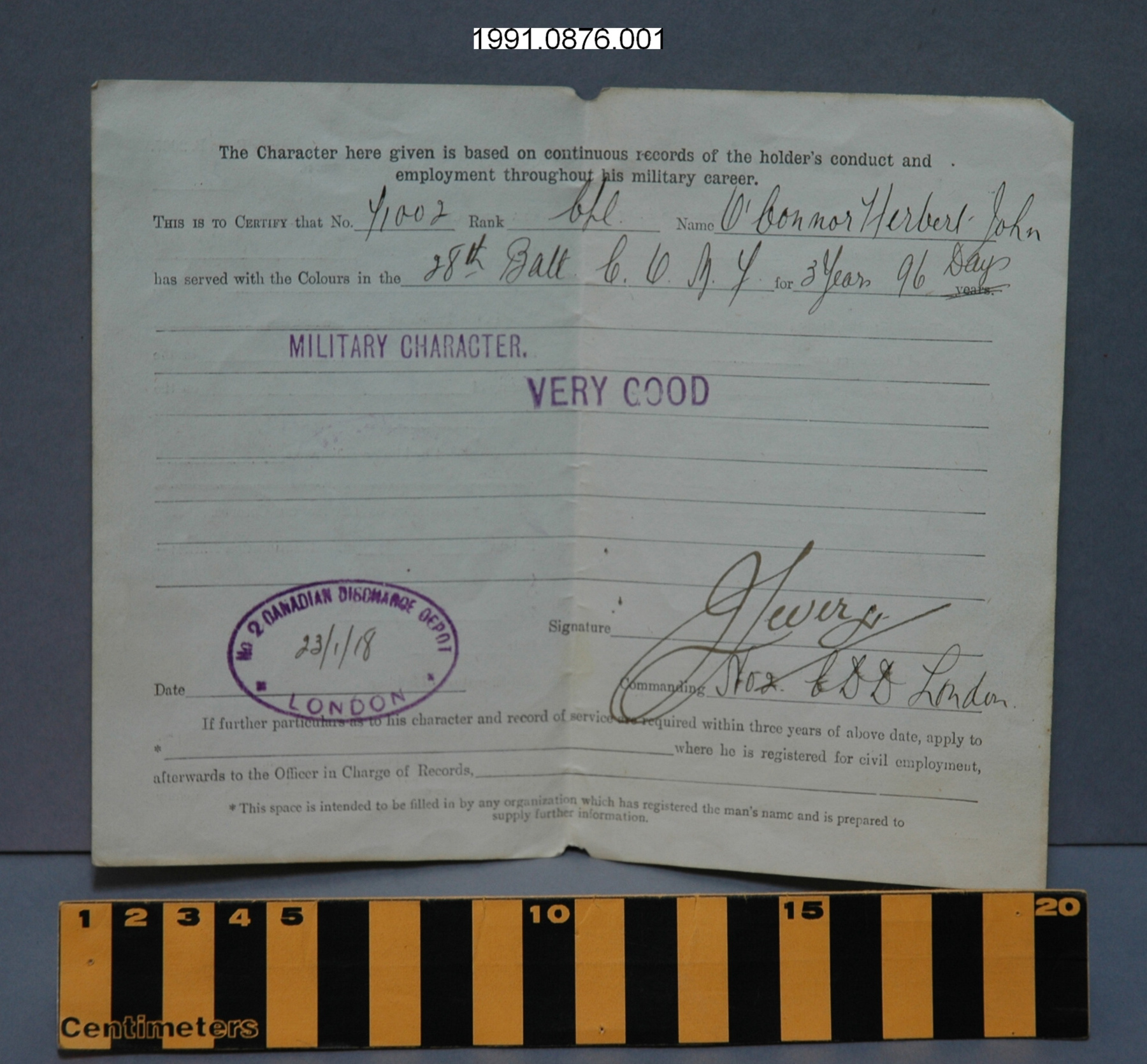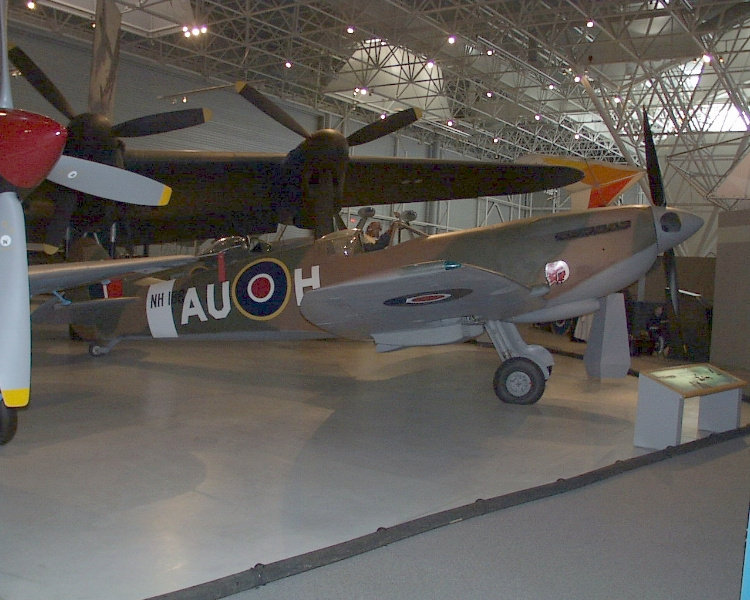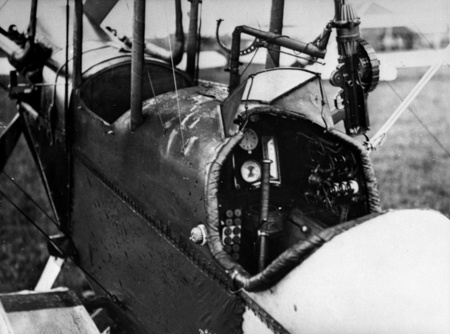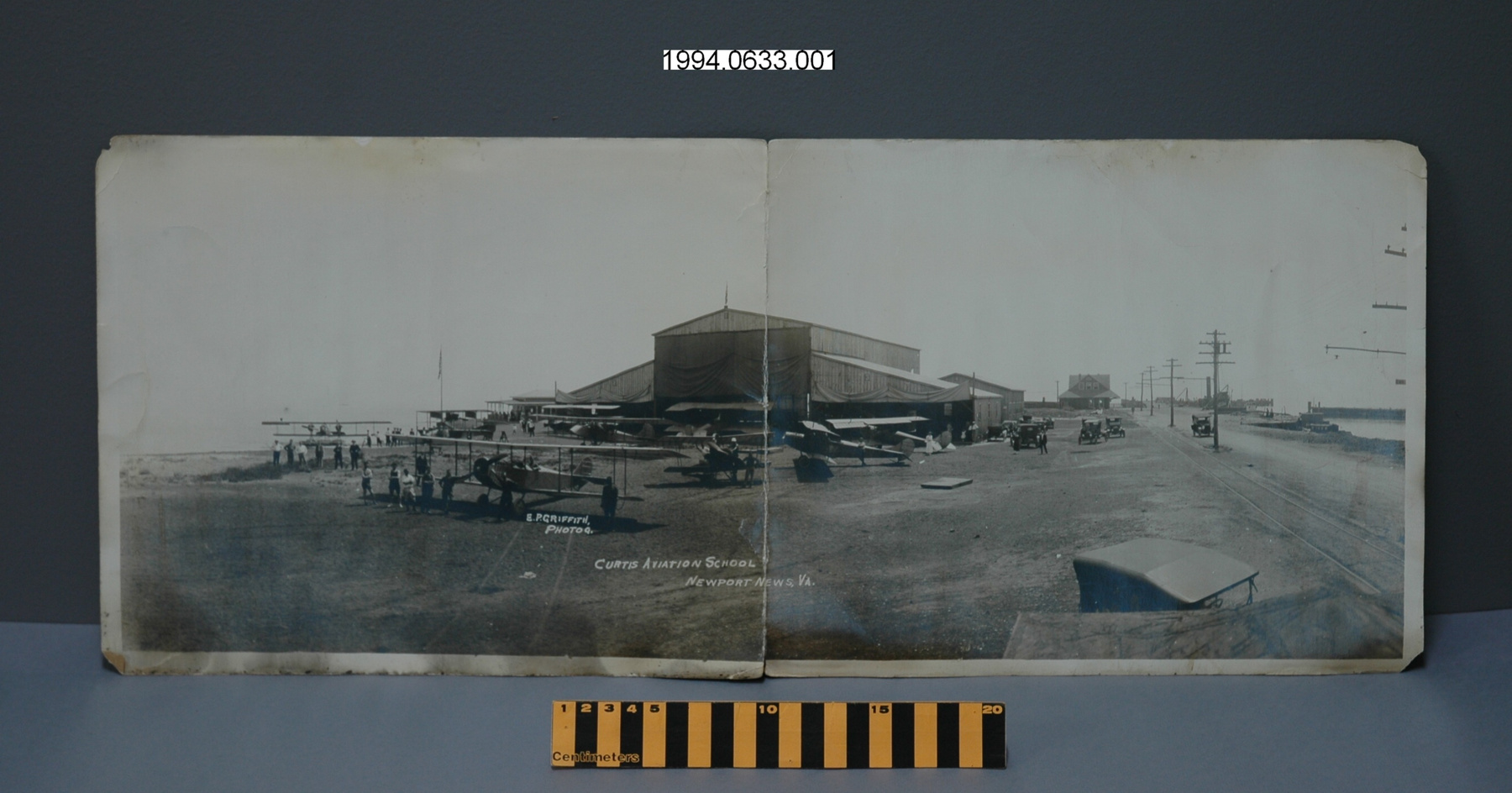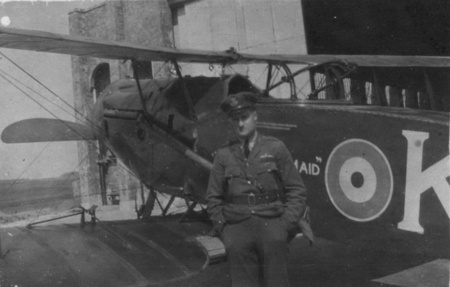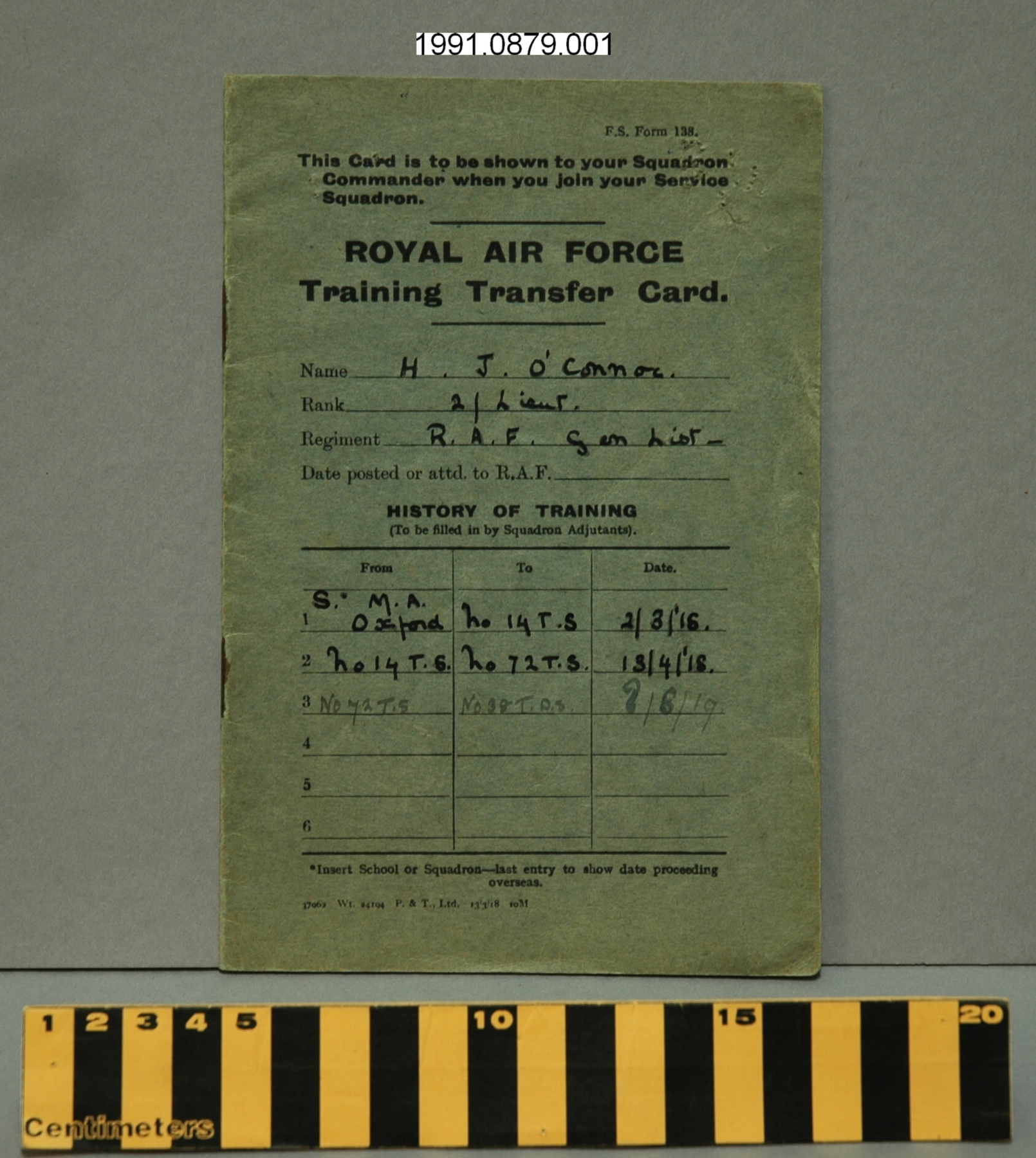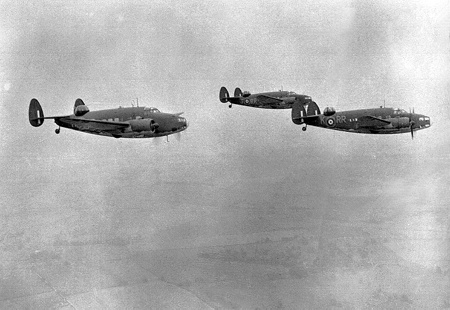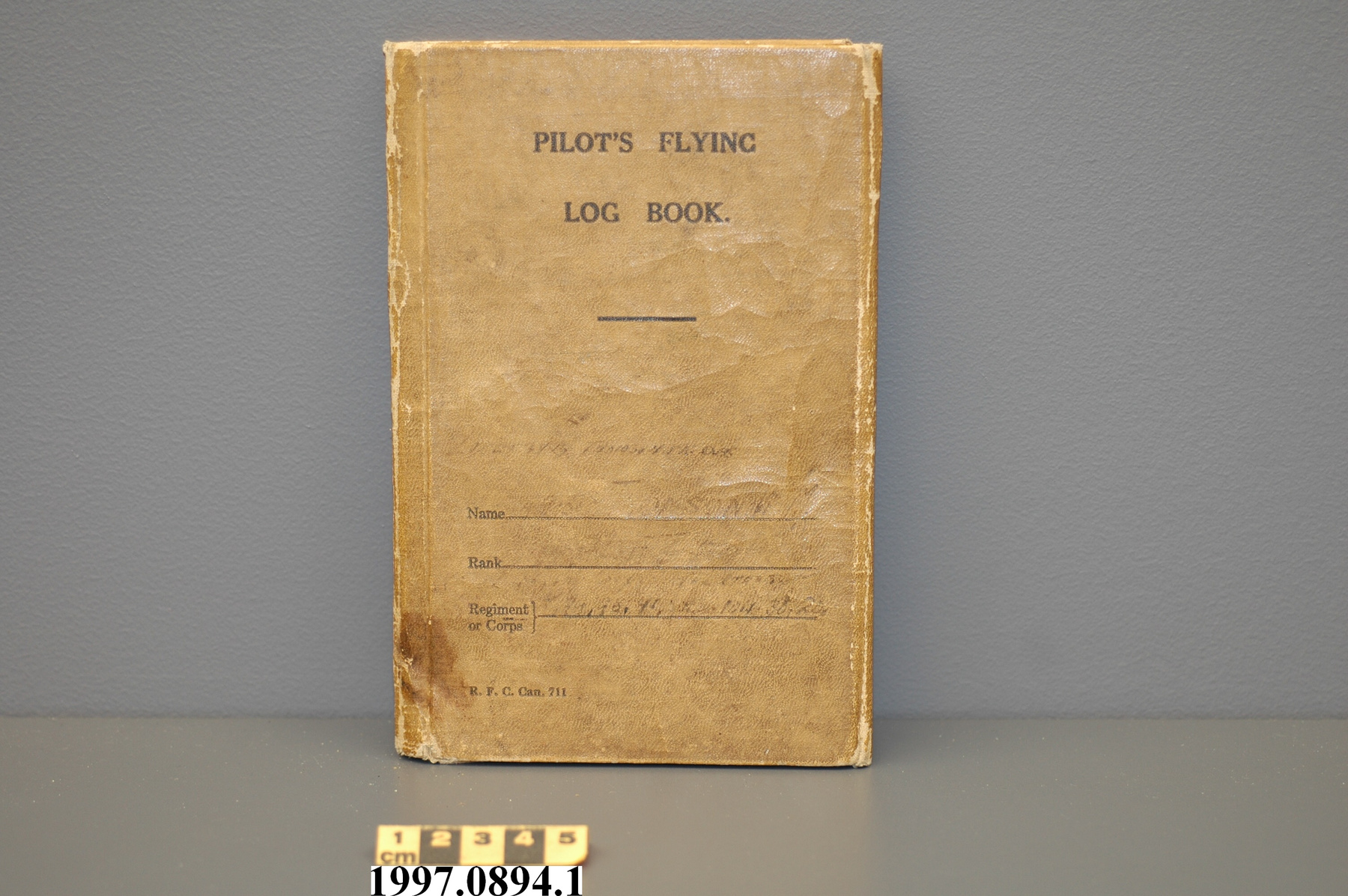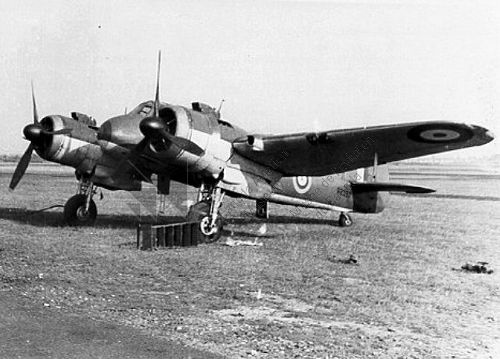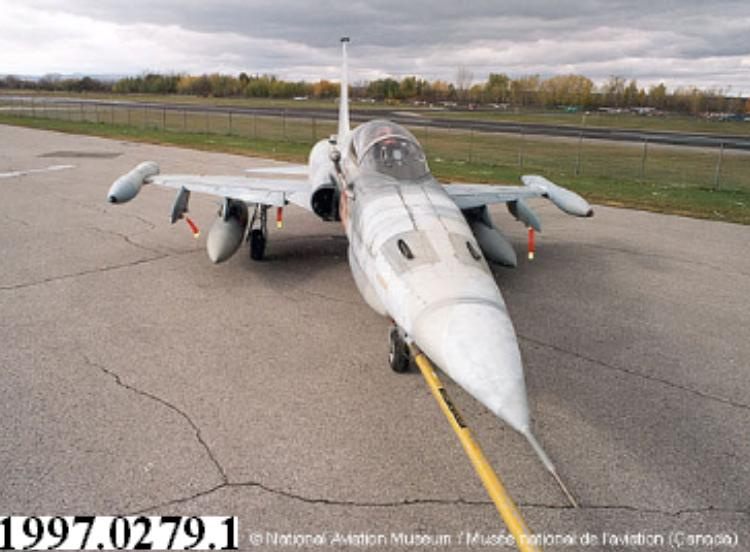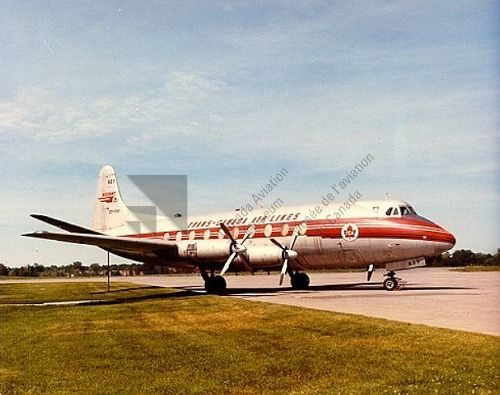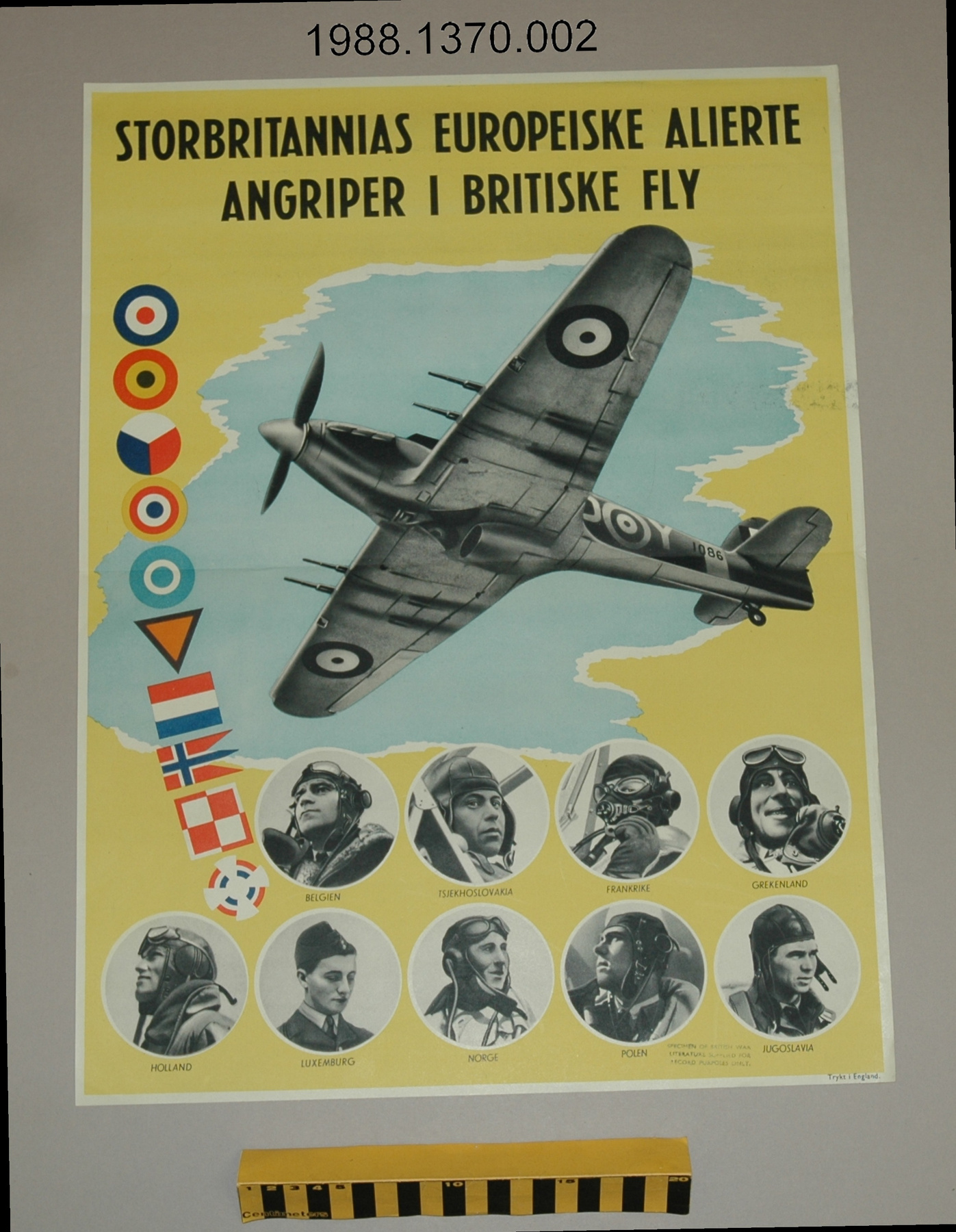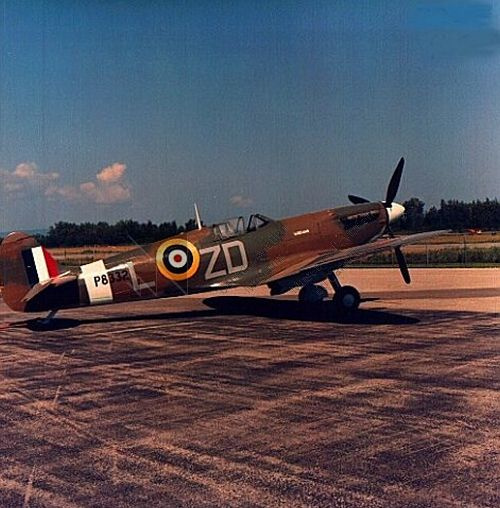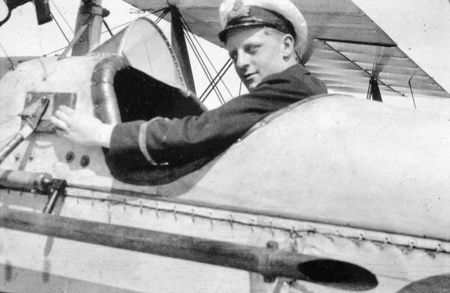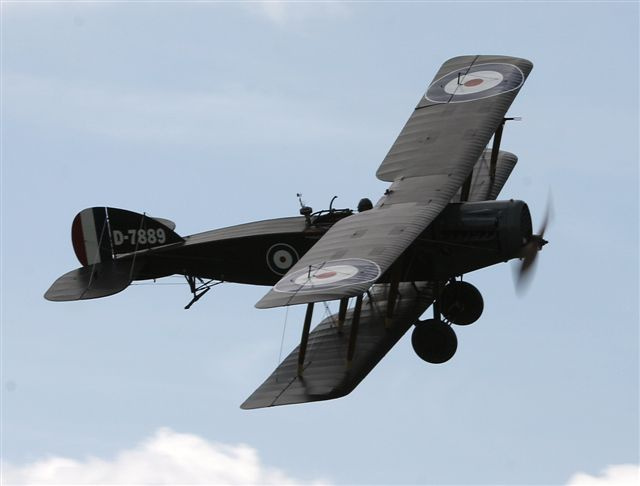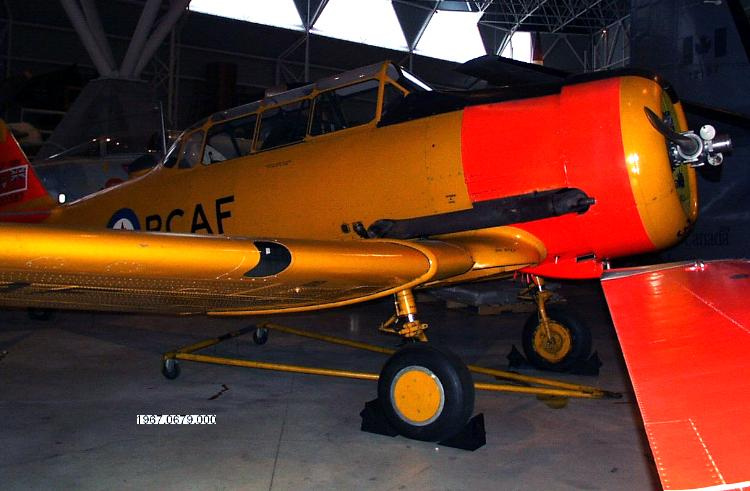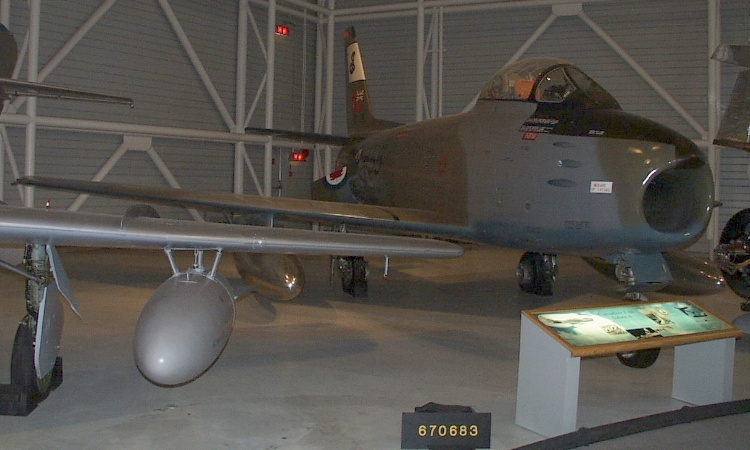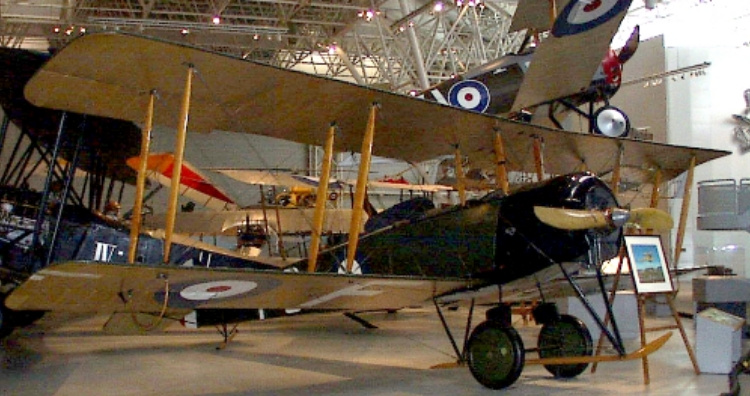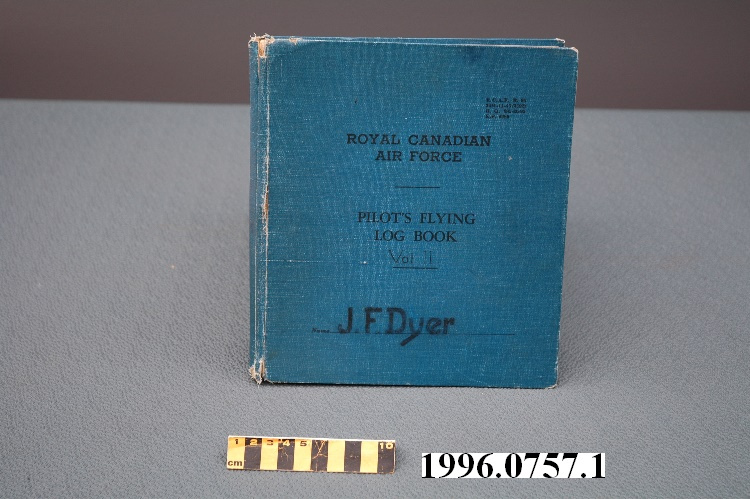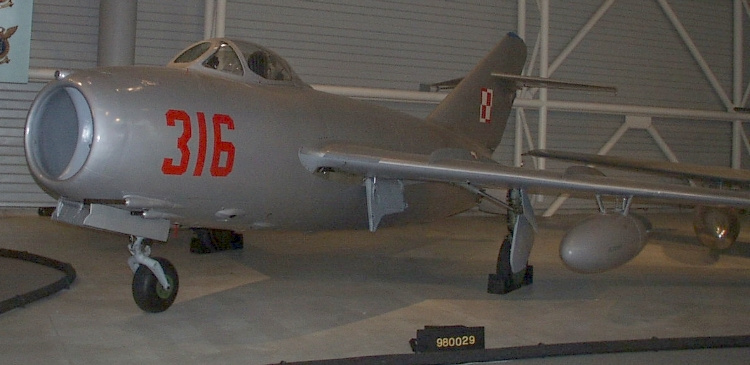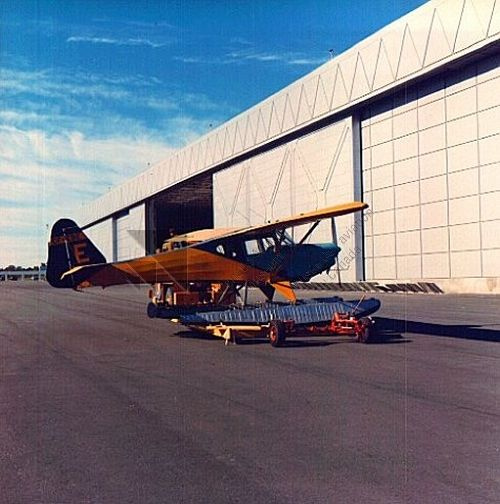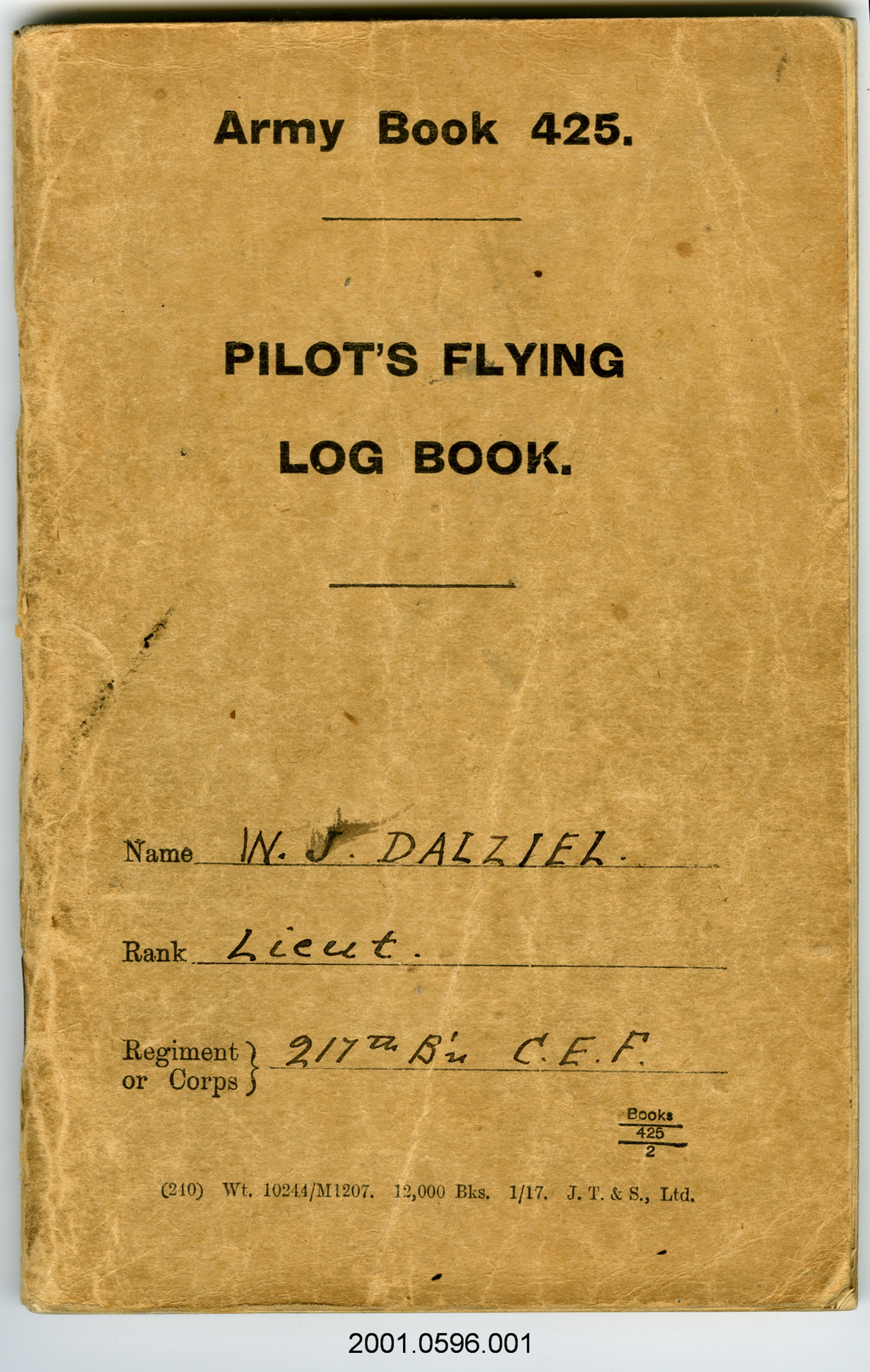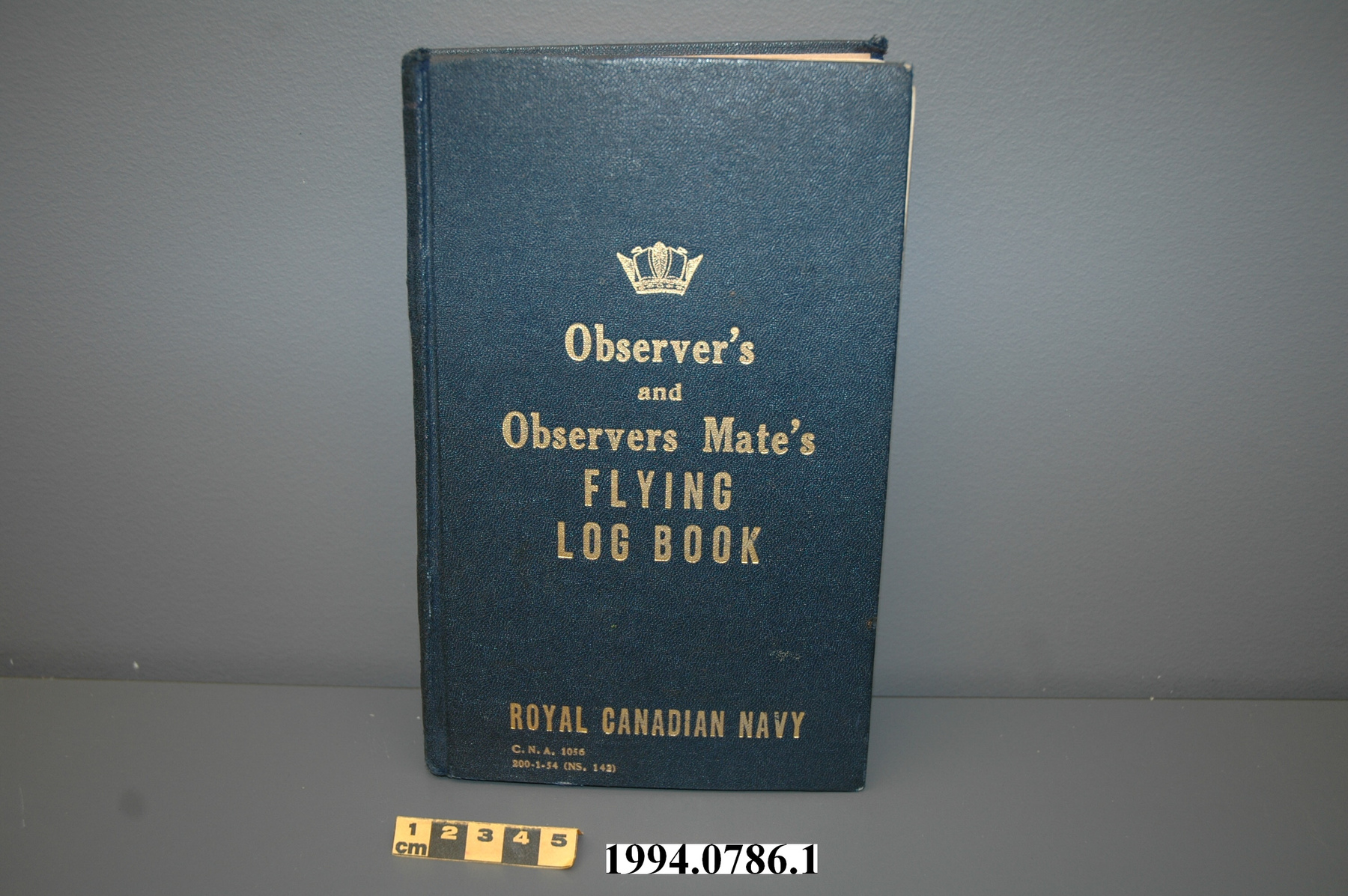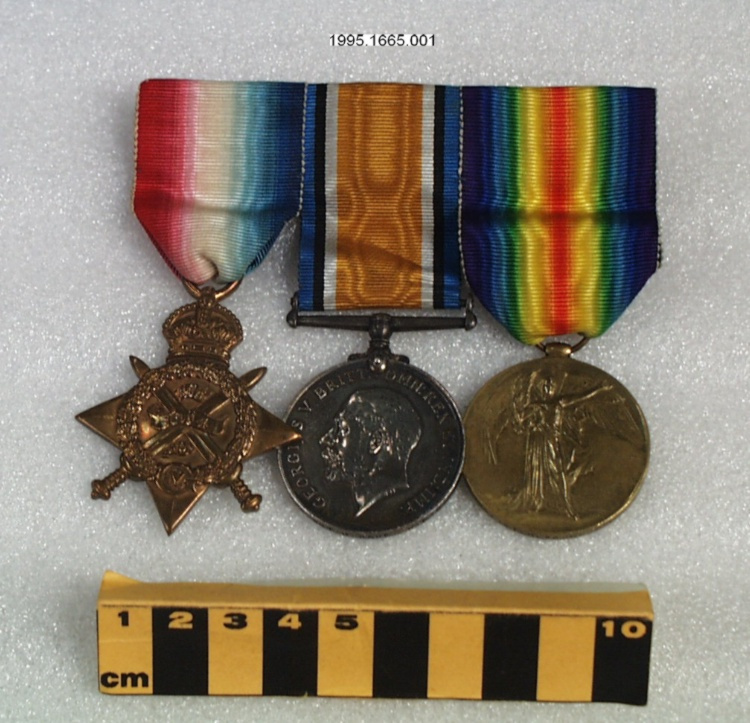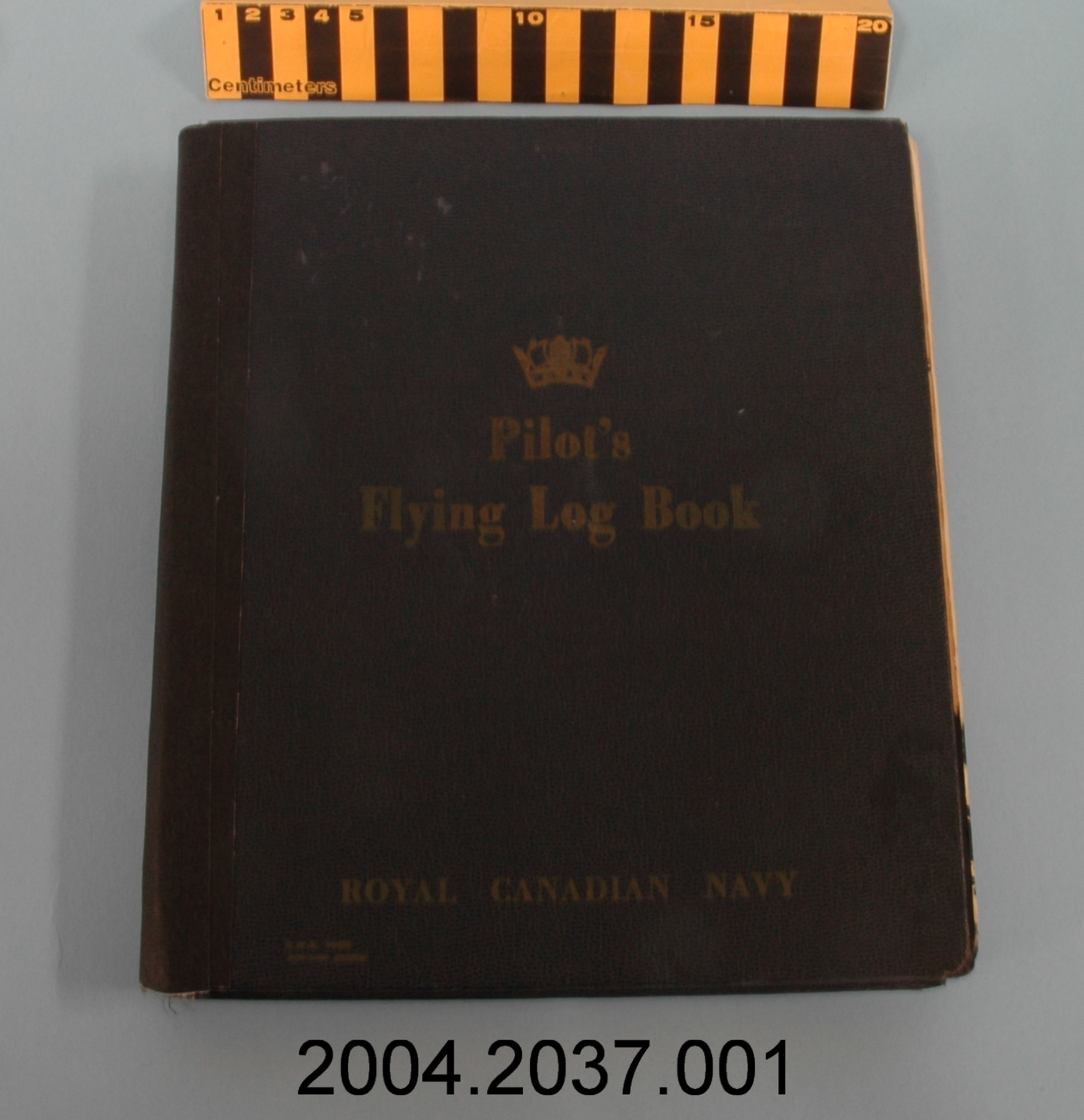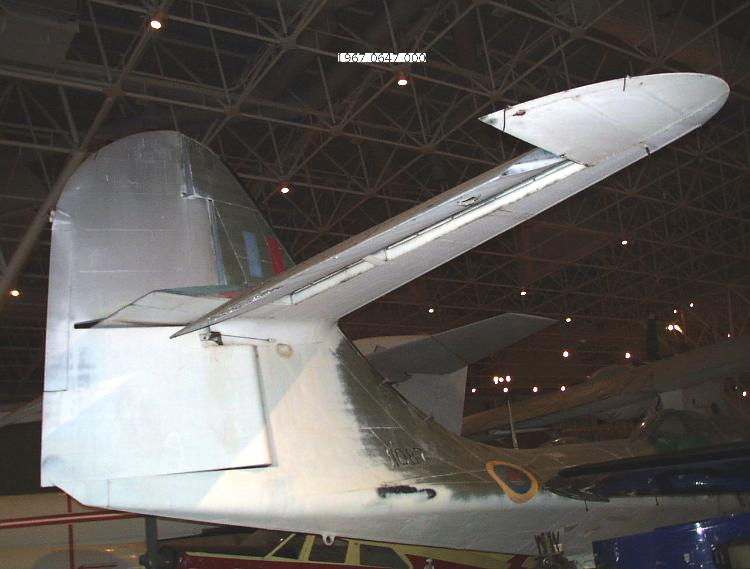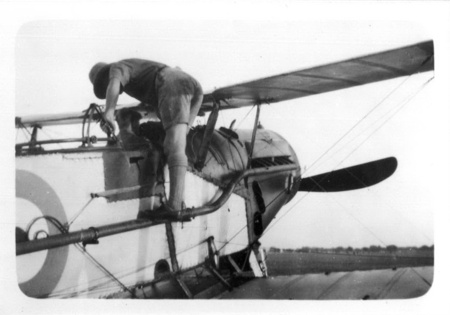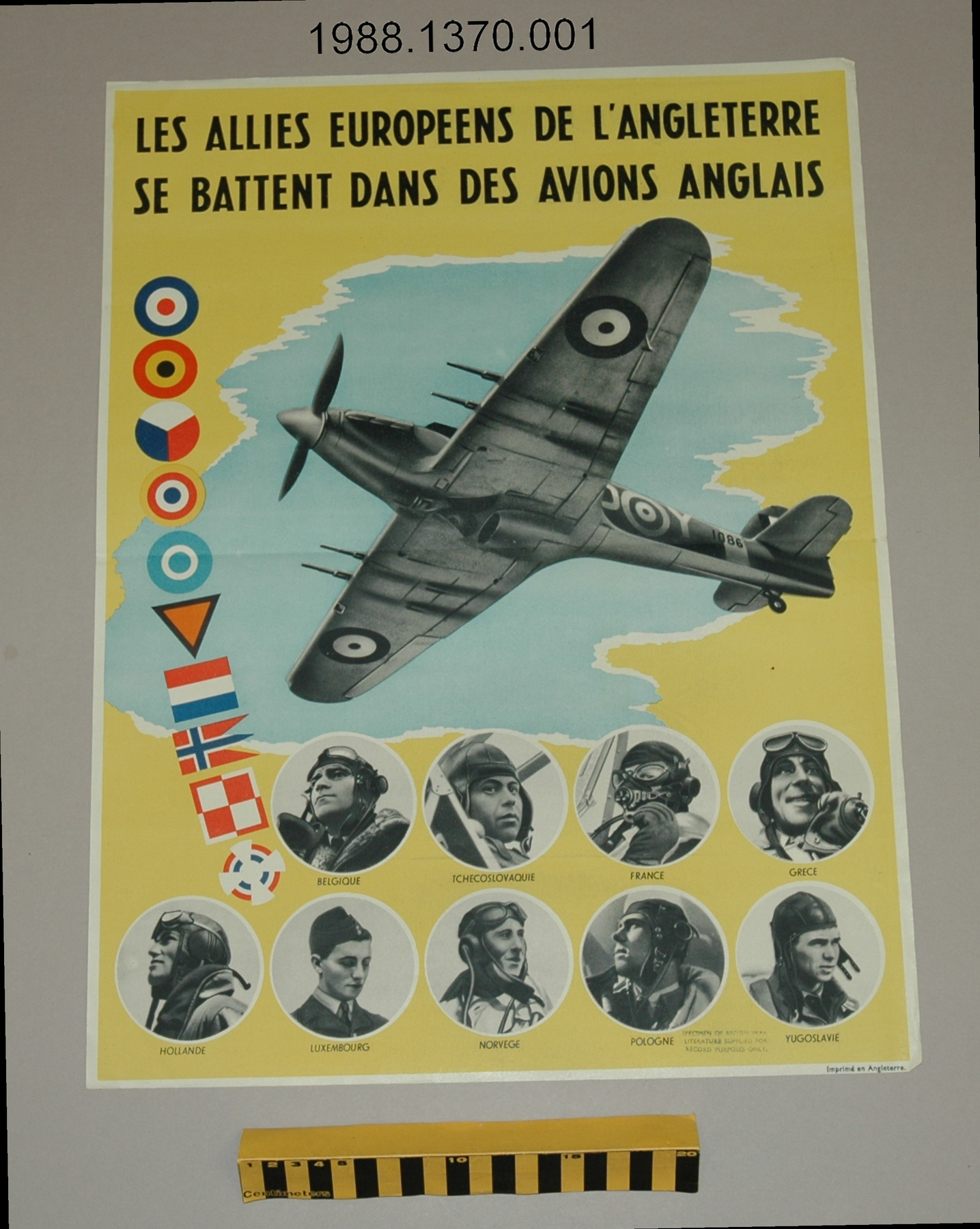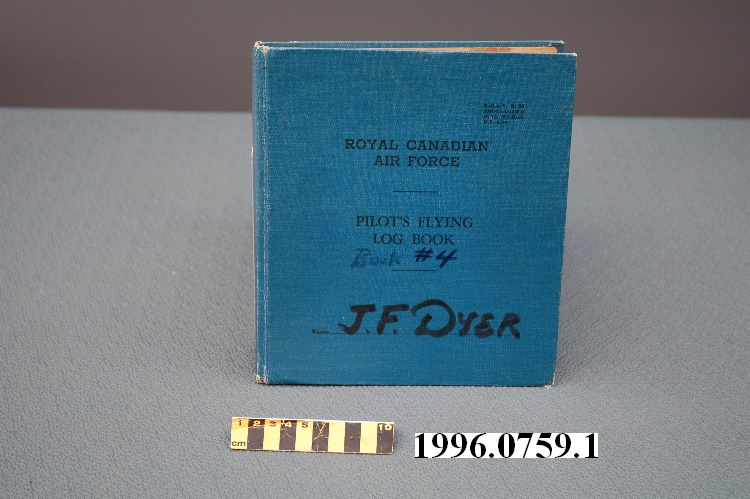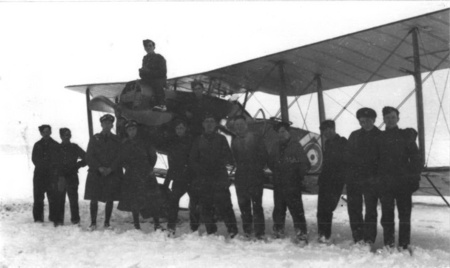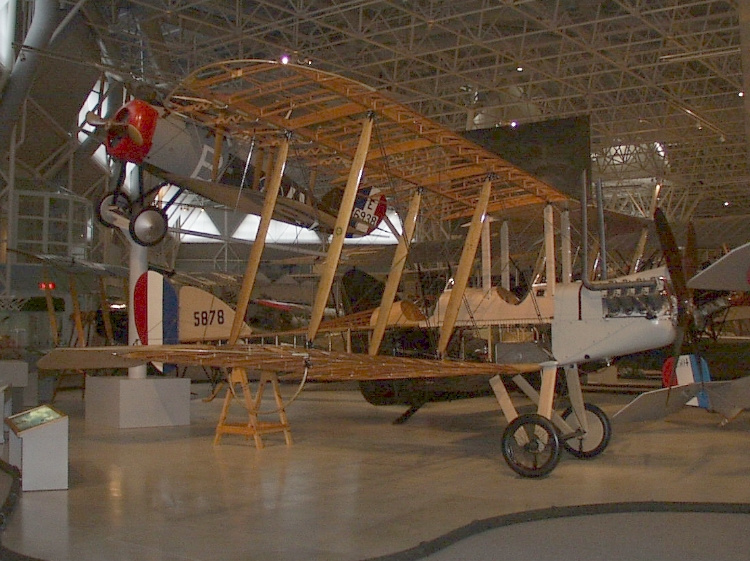Avion
Utiliser cette image
Puis-je réutiliser cette image sans autorisation? Oui
Les images sur le portail de la collection d’Ingenium ont la licence Creative Commons suivante :
Copyright Ingenium / CC BY-NC-ND (Attribution-NonCommercial 4.0 International (CC BY-NC 4.0)
ATTRIBUER CETTE IMAGE
Ingenium,
1967.0688.001
Permalien:
Ingenium diffuse cette image sous le cadre de licence Creative Commons et encourage son téléchargement et sa réutilisation à des fins non commerciales. Veuillez mentionner Ingenium et citer le numéro de l’artefact.
TÉLÉCHARGER L’IMAGEACHETER CETTE IMAGE
Cette image peut être utilisée gratuitement pour des fins non commerciales.
Pour un usage commercial, veuillez consulter nos frais de reproduction et communiquer avec nous pour acheter l’image.
- TYPE D’OBJET
- S/O
- DATE
- 1920
- NUMÉRO DE L’ARTEFACT
- 1967.0688.001
- FABRICANT
- British & Colonial Aeroplanes Co.
- MODÈLE
- Royal Aircraft Factory B.E.2C
- EMPLACEMENT
- Bristol, England
Plus d’information
Renseignements généraux
- Nº de série
- 663
- Nº de partie
- 1
- Nombre total de parties
- 3
- Ou
- S/O
- Brevets
- S/O
- Description générale
- Inconnu
Dimensions
Remarque : Cette information reflète la taille générale pour l’entreposage et ne représente pas nécessairement les véritables dimensions de l’objet.
- Longueur
- S/O
- Largeur
- S/O
- Hauteur
- S/O
- Épaisseur
- S/O
- Poids
- S/O
- Diamètre
- S/O
- Volume
- S/O
Lexique
- Groupe
- Aviation
- Catégorie
- Aéronefs
- Sous-catégorie
- S/O
Fabricant
- Ou
- British Aeroplanes
- Pays
- England
- État/province
- Inconnu
- Ville
- Bristol
Contexte
- Pays
- Inconnu
- État/province
- Inconnu
- Période
- The Museum specimen was built in 1915 and served with 7 Squadron, Royal Flying Corps from 1916 to 1917. Sent to Canada as a war trophy in 1919, the aircraft was reconditioned and displayed at the National Research Council Museum between 1936 and 1940. Stored until 1957, it was then restored by the RCAF. The aircraft was sent to the Canadian War Museum in 1959. An engine and a propeller were donated by 1962. A full restoration by the Canada Aviation Museum revealed that this was not B.E. 2c No. 4112 (RFC) as originally thought, but rather B.E. 2d No. 5878 (RFC).
- Canada
-
Inconnu - Fonction
-
Inconnu - Technique
-
Early B.E. 2s saw service with the Royal Flying Corps from 1912 onwards. The B.E. 2c operated in France, mainly for reconnaissance and military observation, although some were single-seat bombers. Single-seat B.E. 2c night fighters downed six airships over Britain. The B.E. 2d was a 2c with different fuel system. Modified wings of the B.E. 2 increased speed but not manoeuvrability. Withdrawn from action in 1917, many continued as trainers until the war’s end. In all, 3 260 B.E. 2s were built. A B.E. 2 became the first British aircraft to fly across the Channel and land in France after the outbreak of First World War. All models of the B.E. 2 had such great stability that they could nearly fly themselves during reconnaissance and artillery observation missions. While an easy target in the air over France, the B.E. 2c’s stability contributed to its success as a single-seat home-defence fighter against German airships in night raids over England. - Notes sur la région
-
Inconnu
Détails
- Marques
- S/O
- Manque
- From CA of 02/09/1999 by Mike Irvin: Yes - no, see condition report,and engine #701482
- Fini
- Inconnu
- Décoration
- S/O
FAIRE RÉFÉRENCE À CET OBJET
Si vous souhaitez publier de l’information sur cet objet de collection, veuillez indiquer ce qui suit :
British & Colonial Aeroplanes Co., Avion, avant 1920, Numéro de l'artefact 1967.0688, Ingenium - Musées des sciences et de l'innovation du Canada, http://collection.ingeniumcanada.org/fr/id/1967.0688.001/
RÉTROACTION
Envoyer une question ou un commentaire sur cet artefact.
Plus comme ceci
